Classification of Delegated Legislation
Understanding the Classification of Delegated Legislation
Understanding the classification of delegated legislation helps the legal community grasp the nature and extent of delegated powers, providing a clearer picture of the legal landscape.
Delegated legislation is crucial in legal systems, as it involves transferring legislative authority from a primary law to other bodies. This allows entities outside the traditional legislature to create specific rules and regulations.
Classification of Delegated Legislation
Classification of delegated legislation means categorizing the different types of rules, regulations, or laws made by authorities other than the main legislature, as allowed by a primary law. It involves the process where the legislature gives power to another body or individual to create specific rules and regulations.
The classification of delegated legislation provides a structured way to understand its different forms. These classifications include title-based, discretion-based, purpose-based, and authority-based categories.
Title-based Classification:
- This classification is based on the title or name of the legislation.
Discretion-based Classification:
- This classification is based on the discretion given to the executive to bring the law into operation upon fulfilling certain conditions.
Purpose-based Classification:
- This classification is based on the nature and extent of power conferred and the purpose for which such power can be exercised. It includes powers related to:
- Bringing an act into force
- Including or excluding elements
- Filling in details
- Modifying laws
Authority-based Classification:
- This classification is based on the authority to which the power is delegated. It involves delegation from:
- A central act to the central government
- The state government
- A statutory body
Title-based Classification of Delegated Legislation
In this classification, an act can authorize an authority to create laws, orders, or bye-laws with flexibility in the range of legislative provisions. The delegation of power can occur in several ways, including:
- From a central act to the central government.
- From a central act to a state government.
- From a central act to a statutory body.
- From a state act to the state government.
- From a state act to statutory bodies.
Discretion-based Classification of Delegated Legislation
Conditional legislation allows the executive to bring an act into effect once specific conditions are met. This type of legislation maintains control without delegating the power to make laws. In conditional legislation, the legislature enacts a complete law, and the executive’s role is simply to apply it after the conditions are fulfilled.
For example, in the case of M.P High Court Bar Association vs. Union of India (2004), the court upheld the provision that gave the state government the authority to abolish the state administrative tribunal.
Purpose-Based Classification of Delegated Legislation
Parent acts may grant the executive the authority to further delegate power to subordinate authorities, a process known as 'sub-delegation.' Sub-delegation happens when the primary statute gives legislative power to the executive, which then passes it on to a lower authority. This can extend to four or five levels of delegation. However, the Latin principle "Delegatus non potest delegare" typically applies, meaning "a delegate cannot further delegate." Exceptions to this rule include express and implied powers of sub-delegation.
For example, in the case of Central Talkies Limited vs. Dwarka Prasad (1961), the U.P Control of Rent and Eviction Act allowed the District Magistrate to authorize eviction suits. The court ruled that since the statute itself permitted further delegation, it did not constitute excessive delegation.
Authority-Based Classification of Delegated Legislation
This classification is based on the type and extent of power given and the purpose for which it can be used. Various powers are delegated, including:
1. Power to Bring an Act into Force
Example: In A.K. Roy v. Union of India (1982), the Supreme Court confirmed the government's authority to enact an Act, stressing that this power should not be overly exercised.
Example: The Legal Services Authority Act, Section 1(3) states that it will come into effect on a date set by the central government.
2. Power to Include and Exclude
This involves adding or removing persons, commodities, items, etc., to the act.
Example: The Minimum Wage Act allows the state government to add or remove any employment category for which minimum wage should be set.
3. Power to Fill in Details
Legislation often provides a basic framework, with specifics left to the subordinate authority.
Example: Under the Essential Commodities Act, the central or state government has substantive law-making power to fill in details through delegated legislation.
4. Power to Modify
The executive may be authorized to modify or change the law without altering its fundamental nature.
Example: In Rajnarain Singh vs. The Chairman, Patna Administration (1954), the court held that subordinate authorities can make incidental changes to the law as long as the modifications are not substantial.
5. Transfer of Legislative Authority
In Re The Delhi Laws Act, 1951 established that while the authority to amend existing laws can be delegated to a subordinate authority, the power to amend the fundamental structure of a law cannot be transferred. This ensures that the core elements of the law are protected while allowing necessary adjustments by executive or subordinate authorities.
Conclusion
Classifying delegated legislation helps us understand its different aspects and characteristics. This framework allows us to analyze and interpret the various forms it can take.
Each type of classification helps organize and clarify the different parts of delegated legislation for legal professionals, scholars, and the public.
Share
Related Post
Tags
Archive
Popular & Recent Post
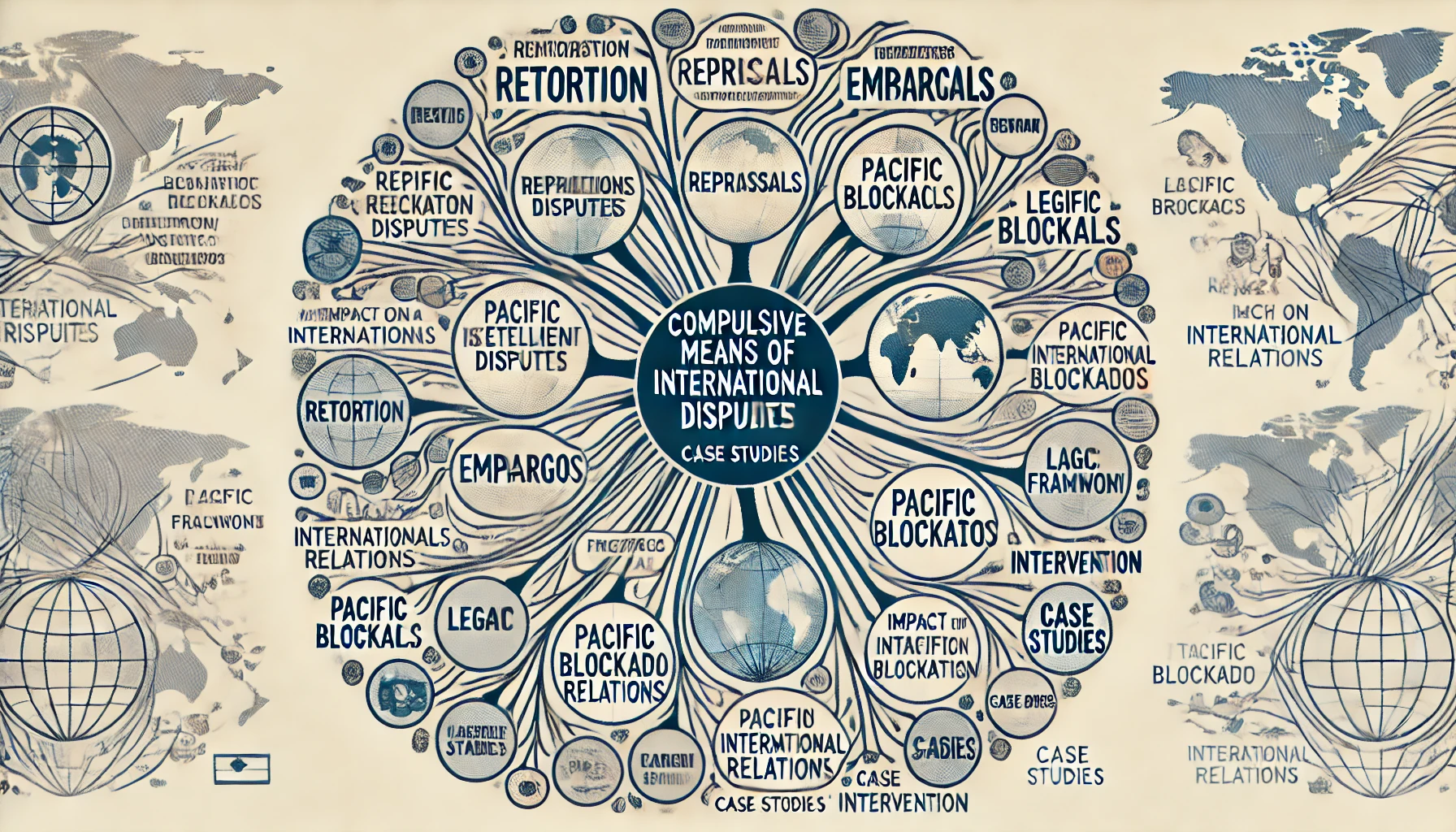



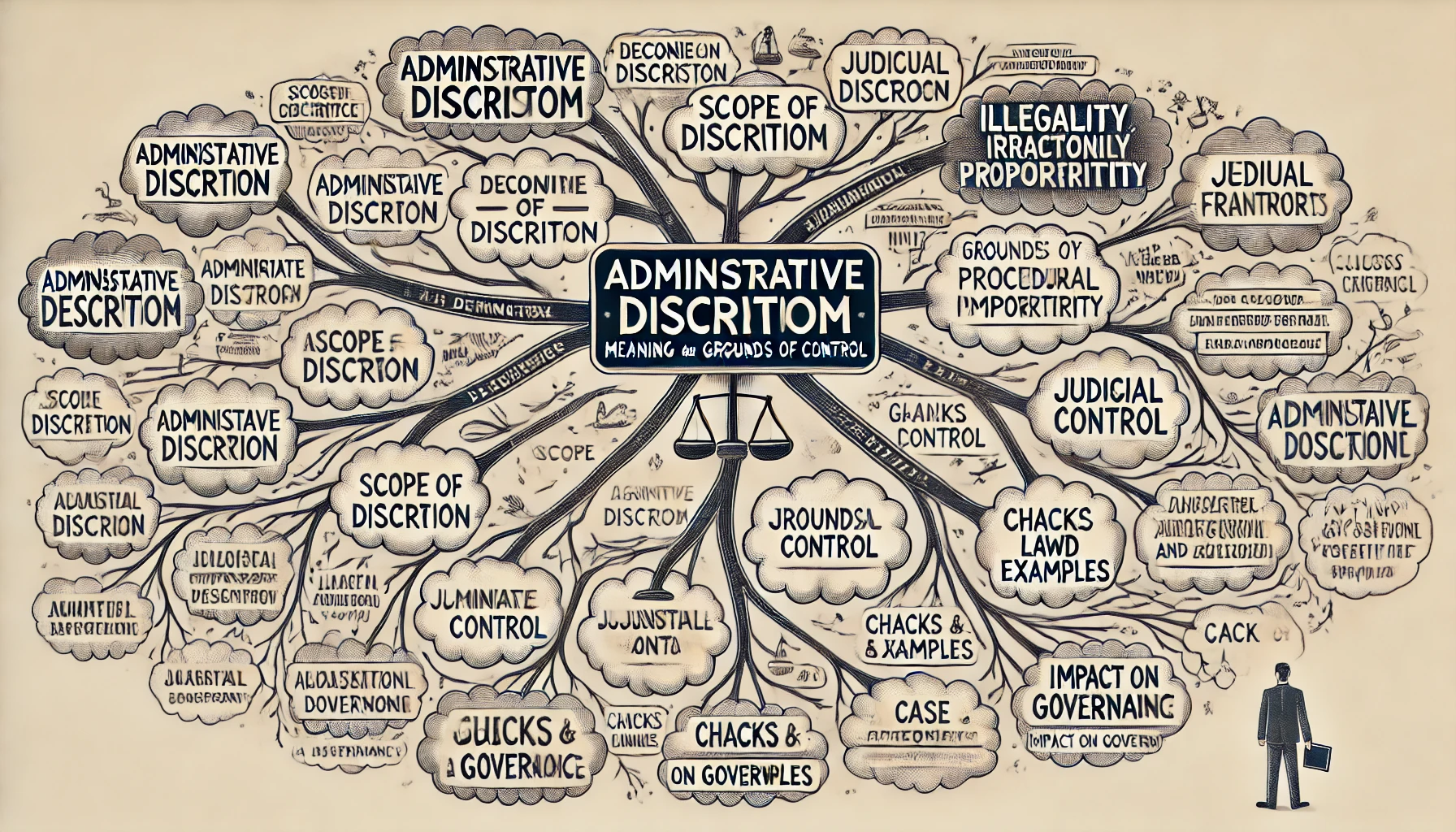
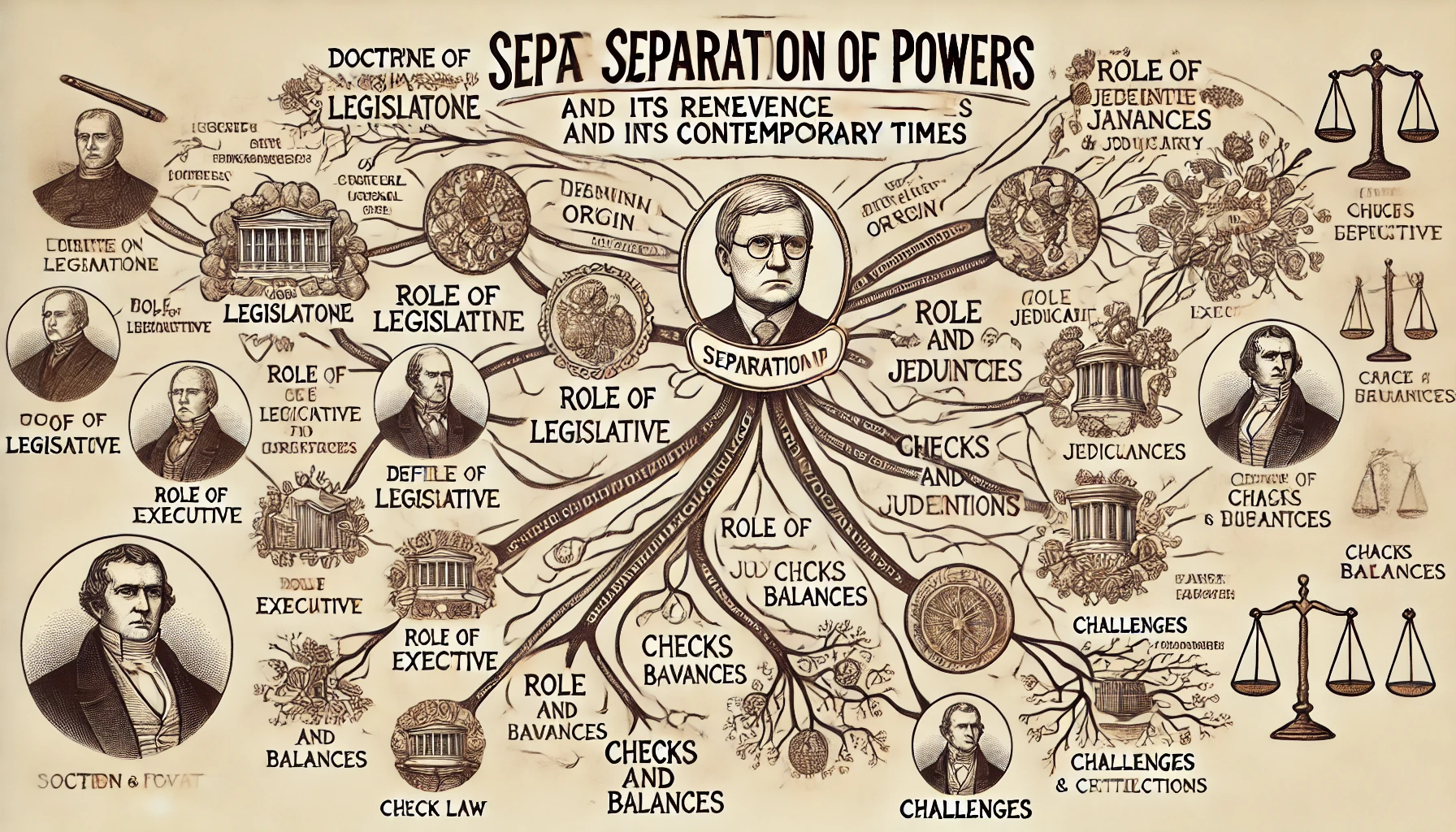
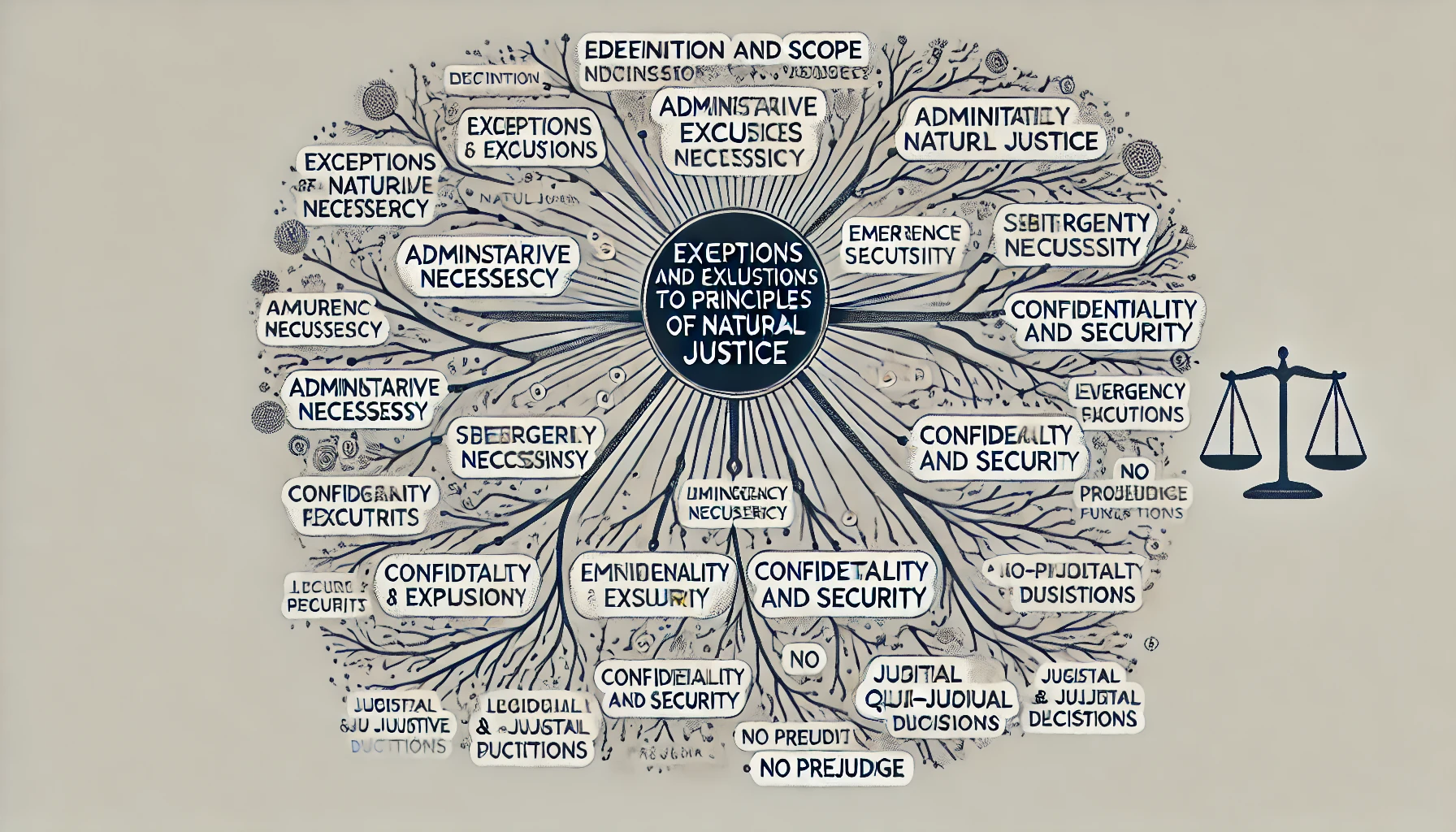
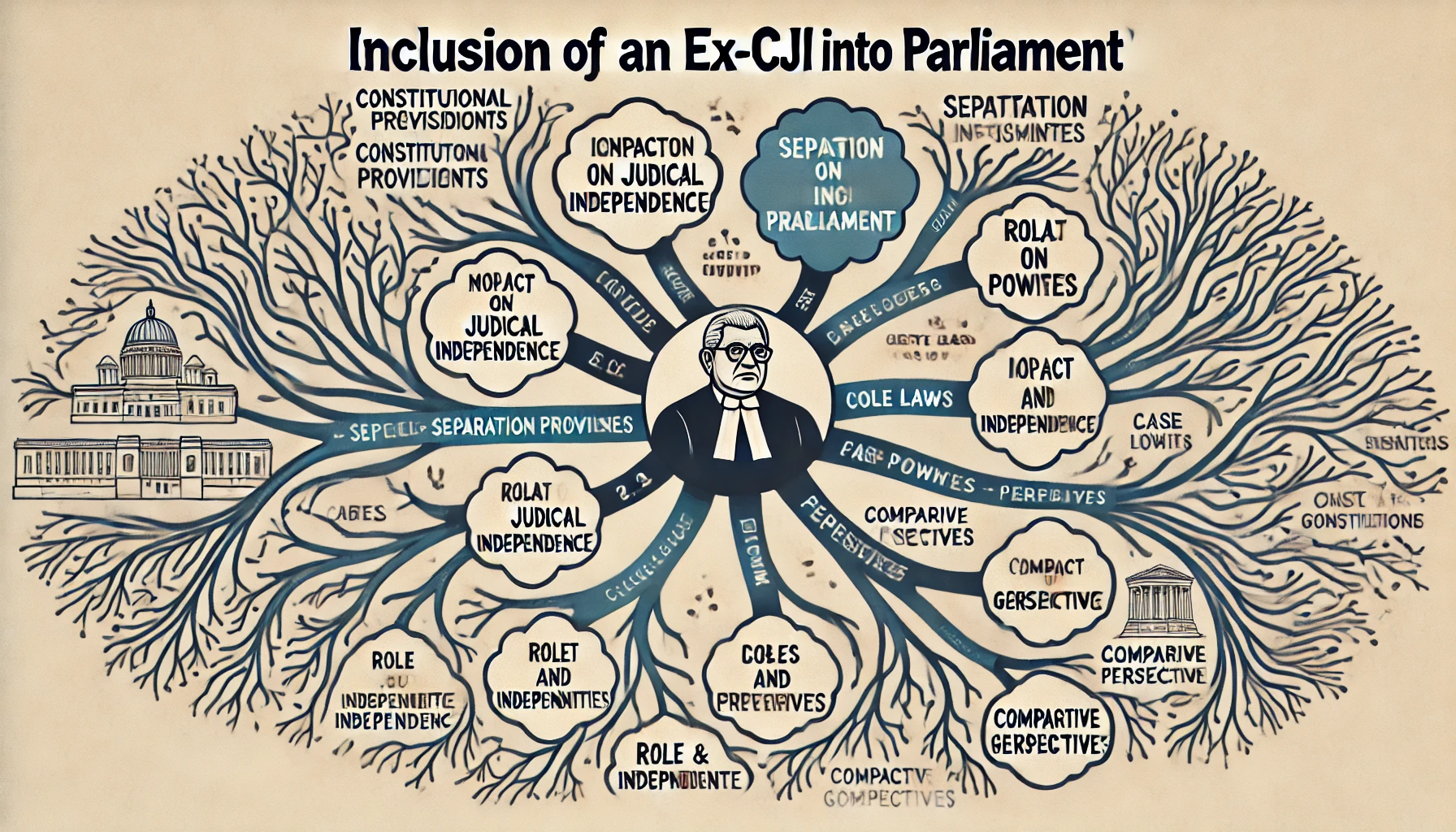
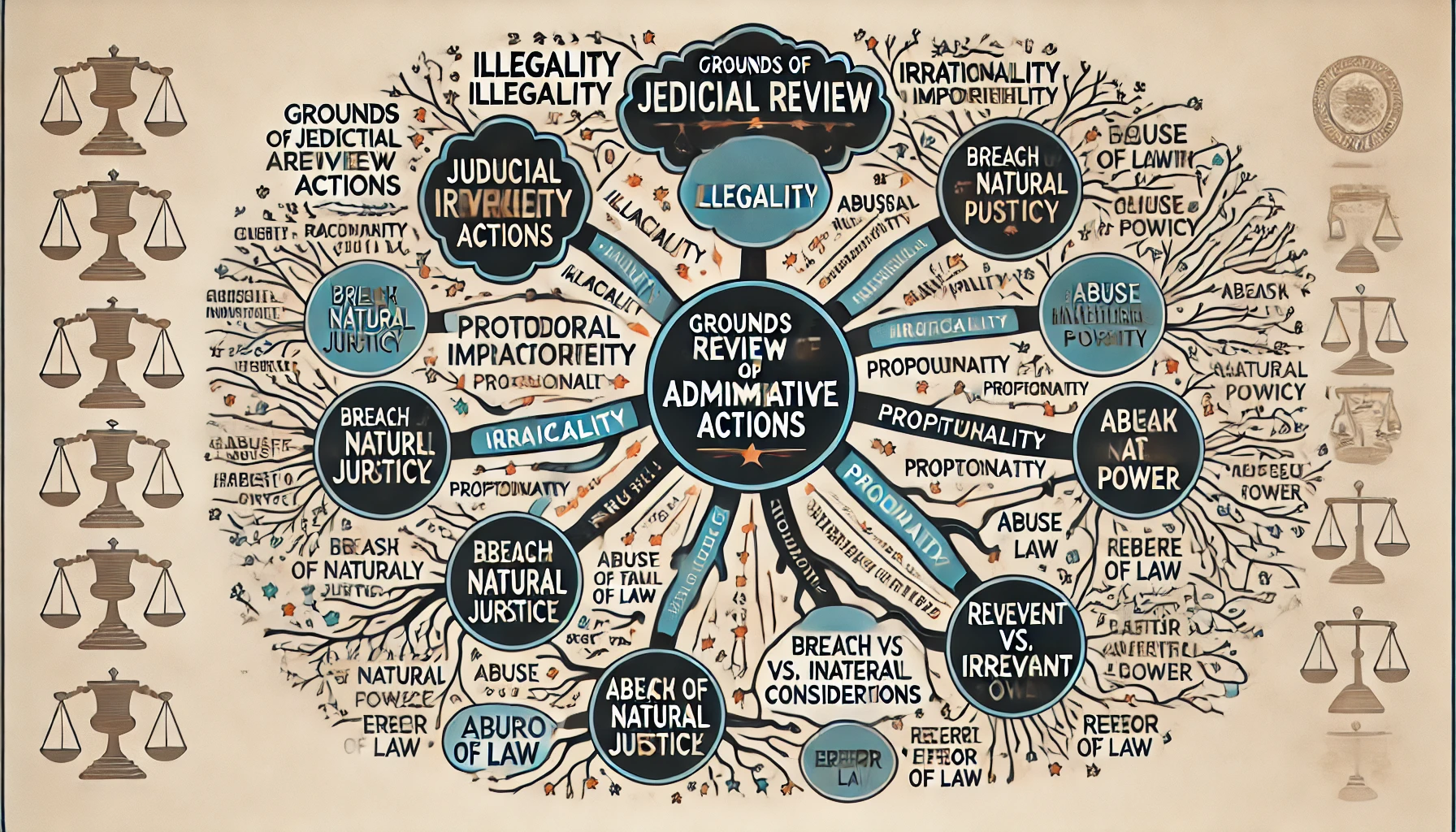
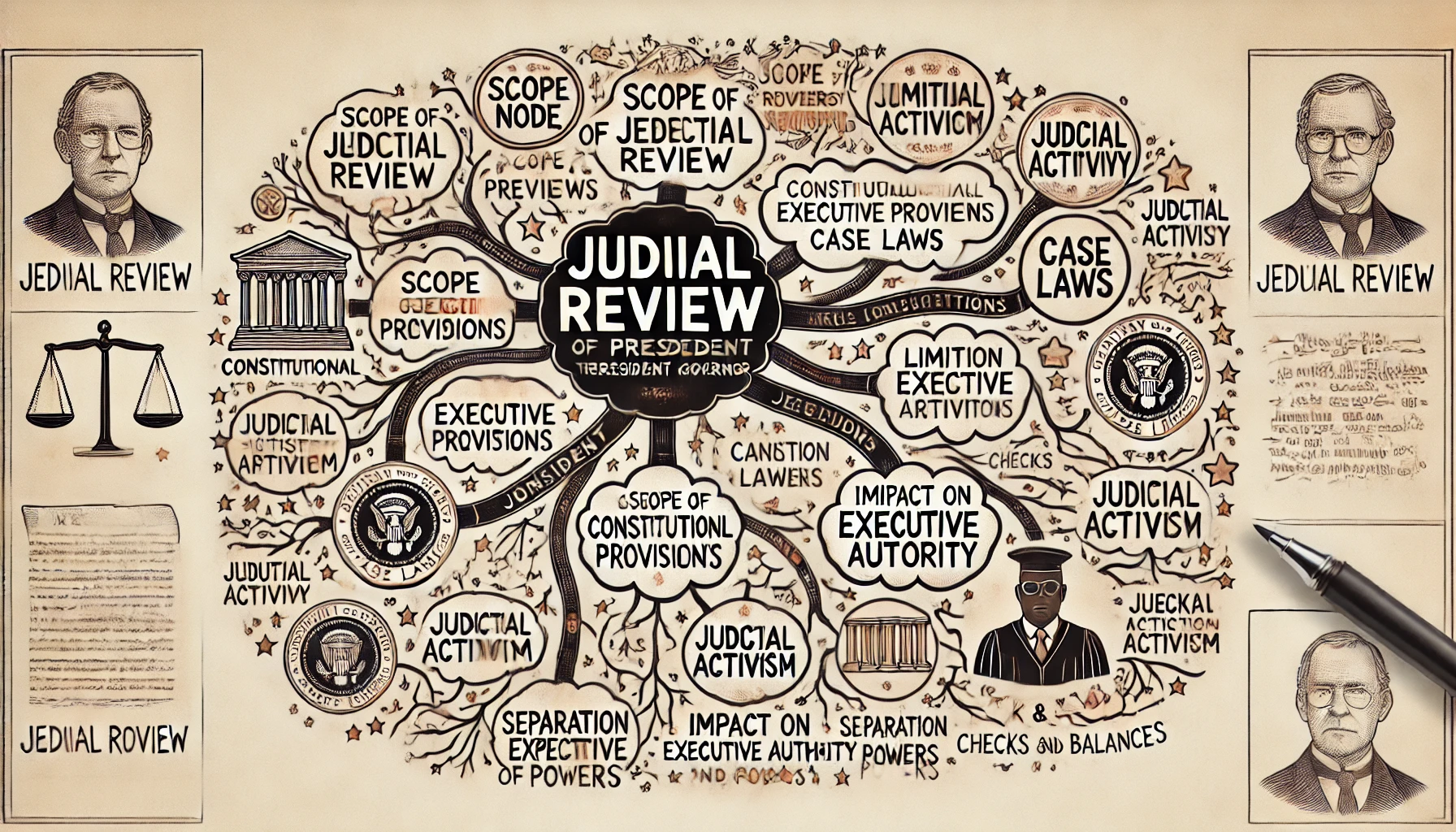
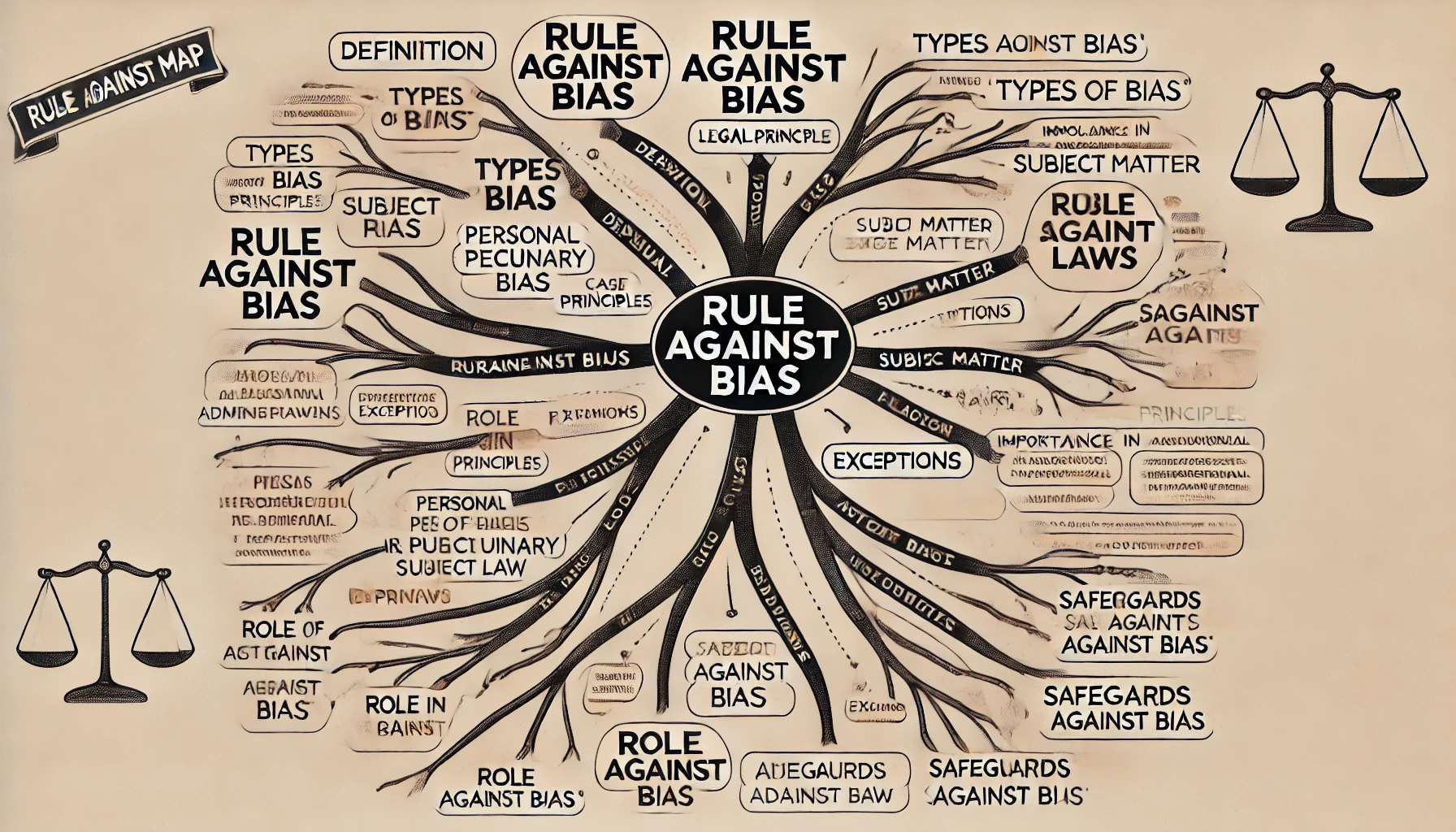
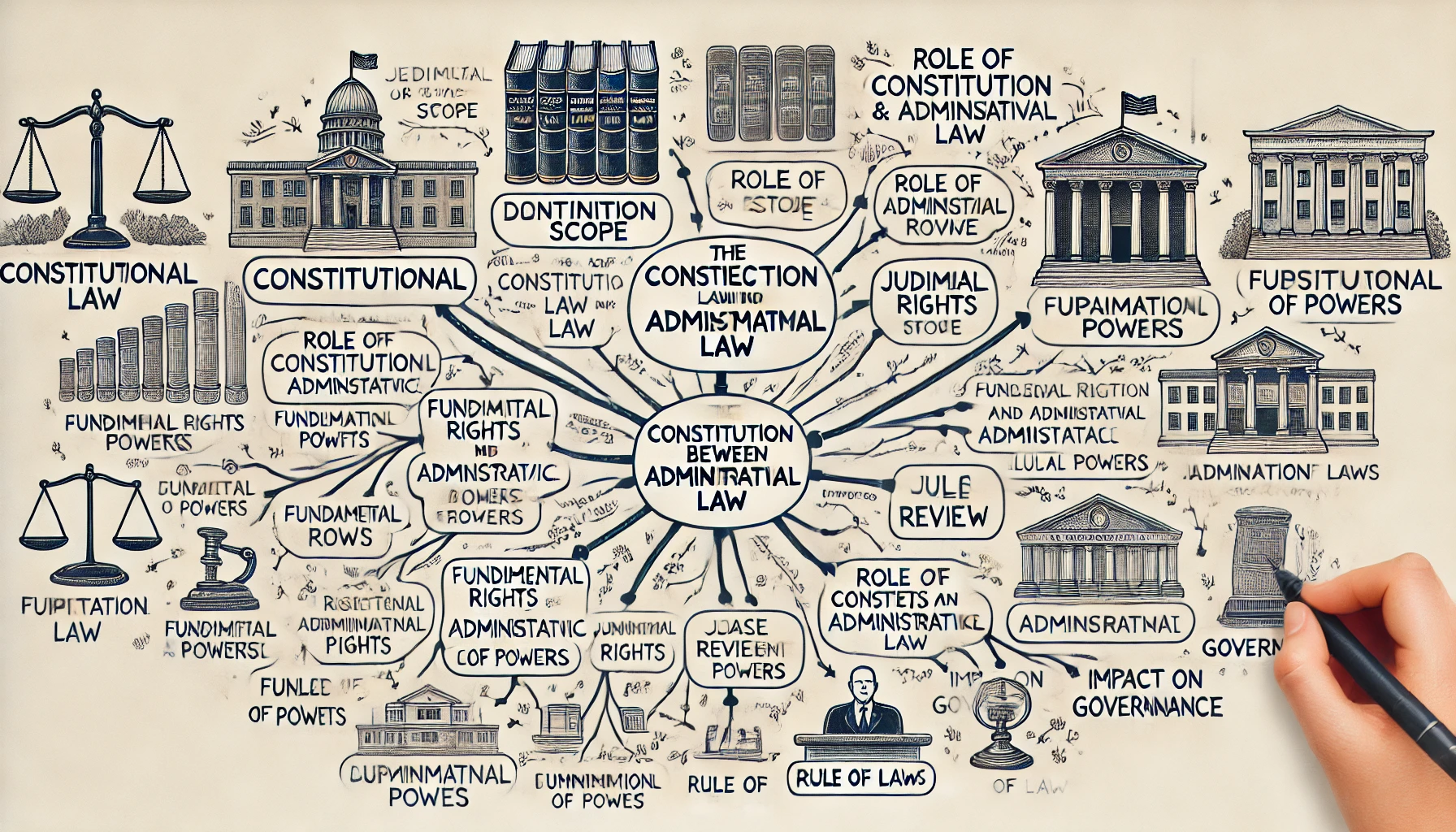
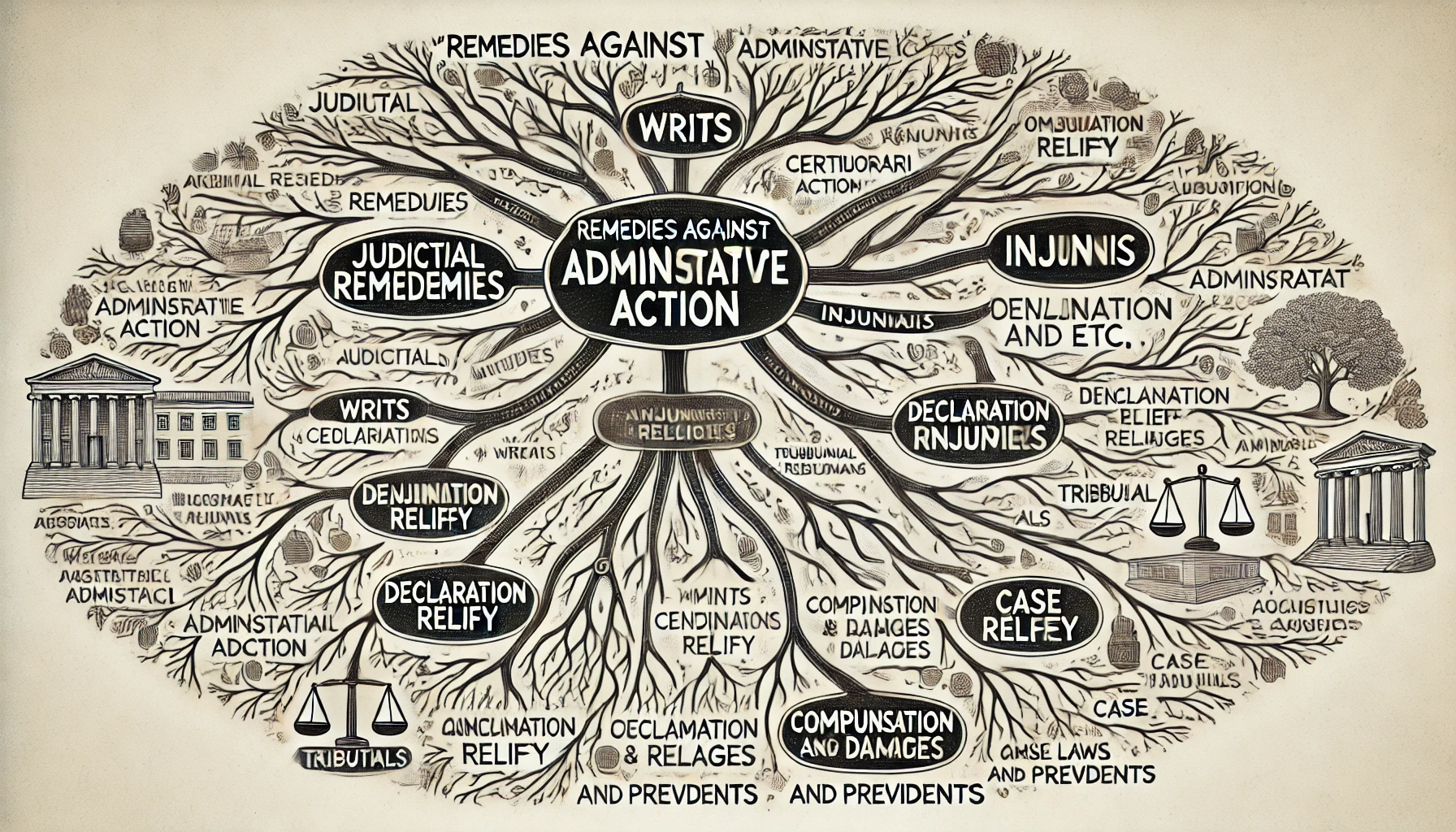
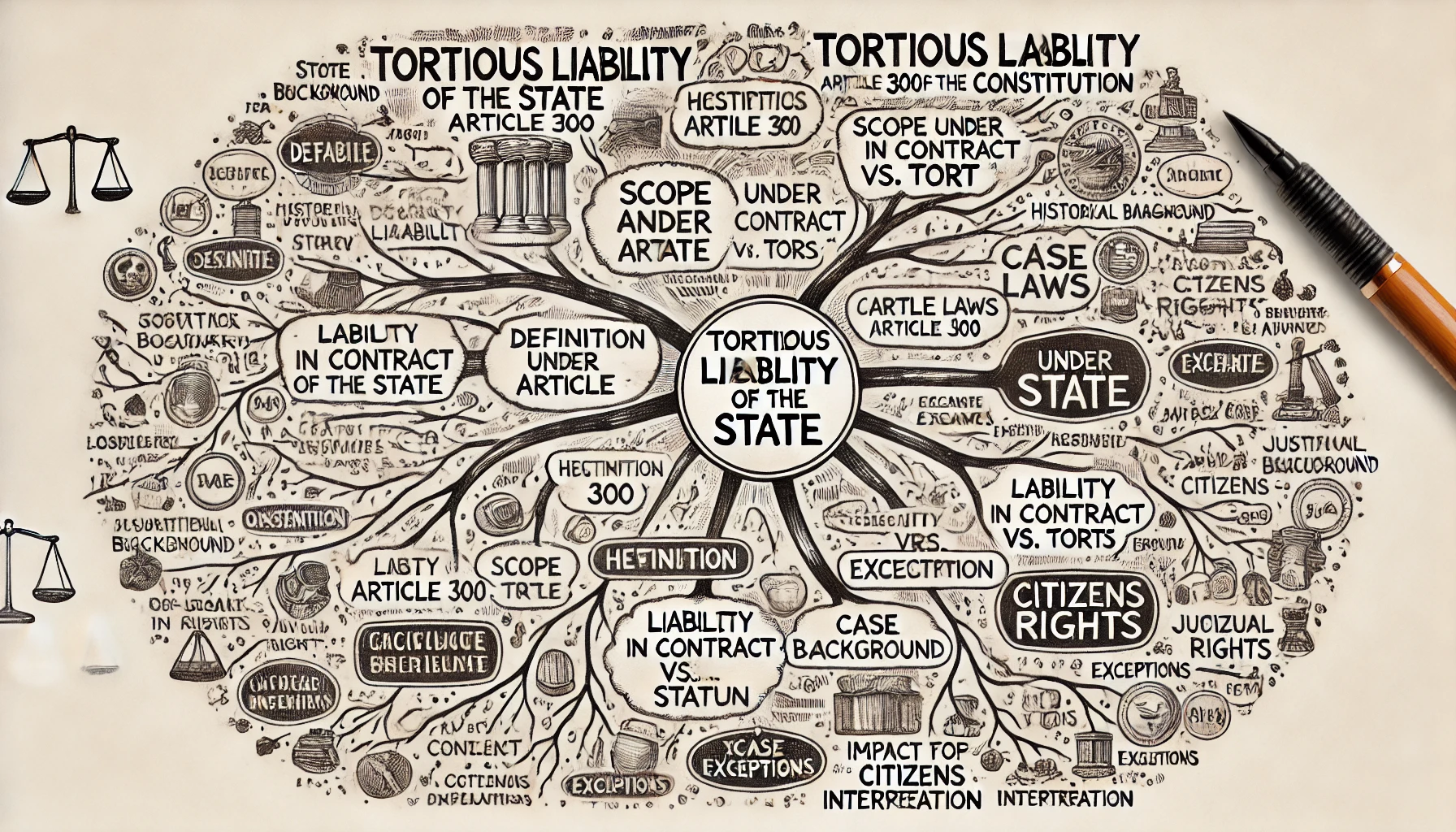
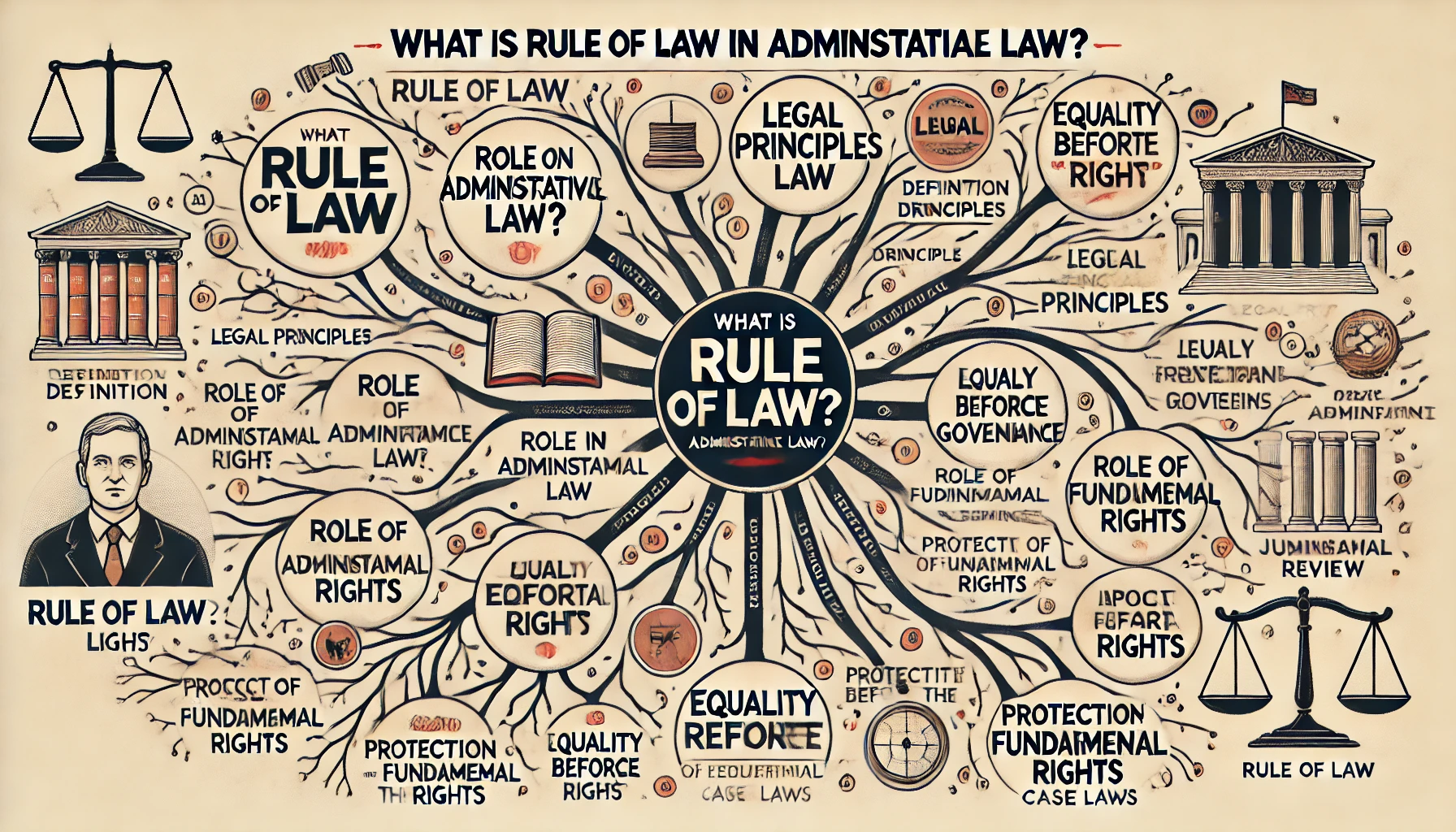
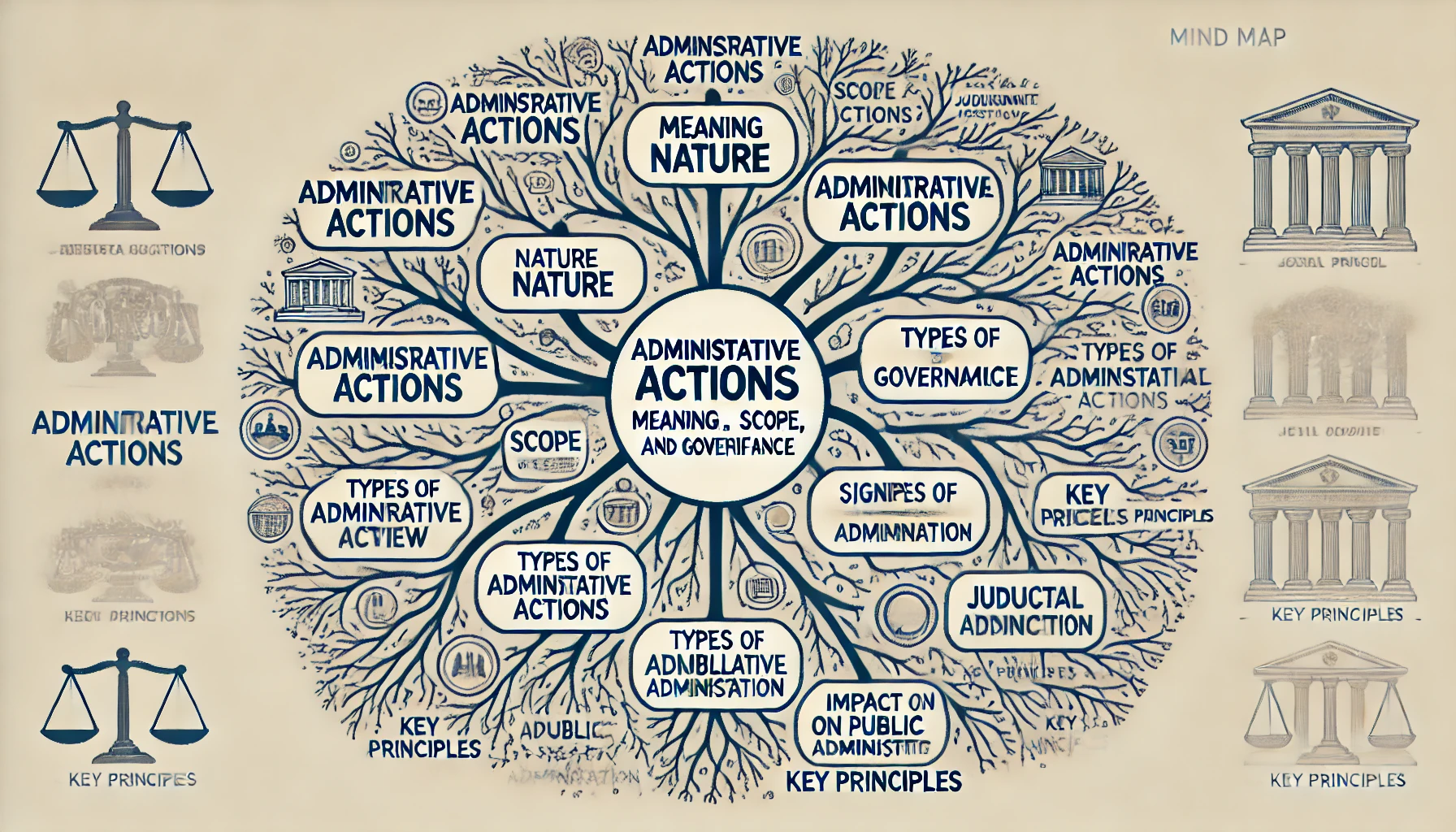
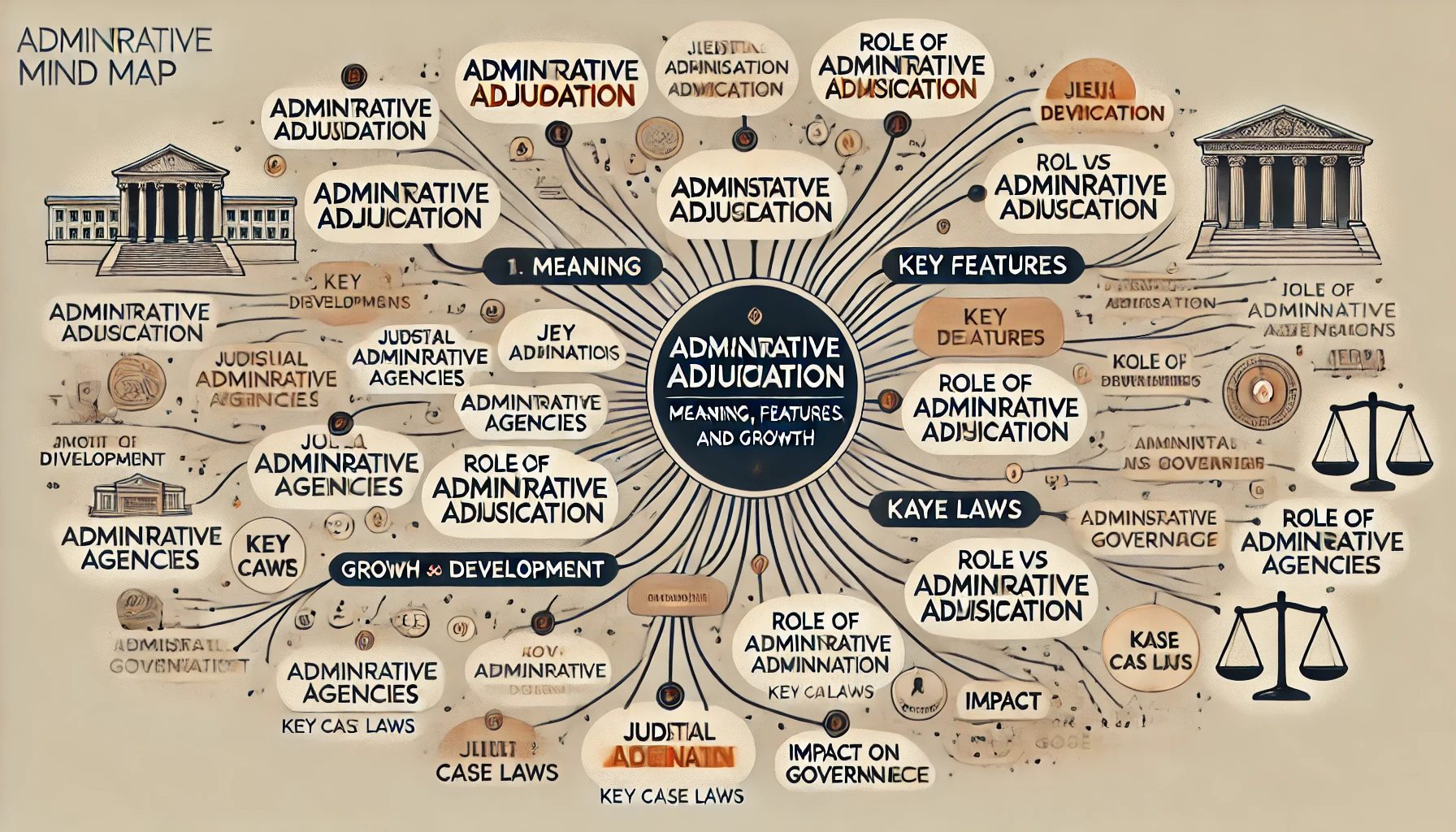
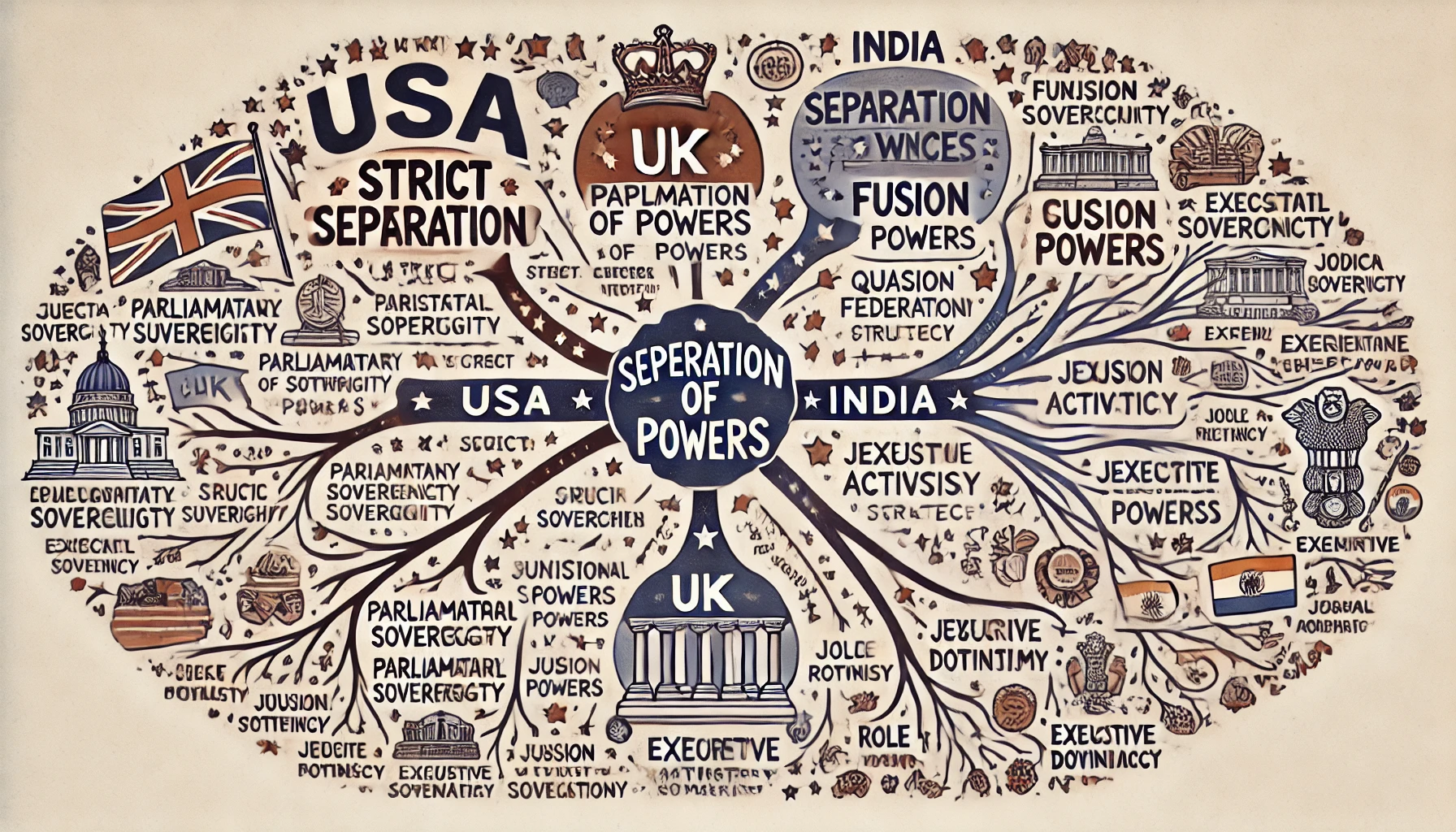
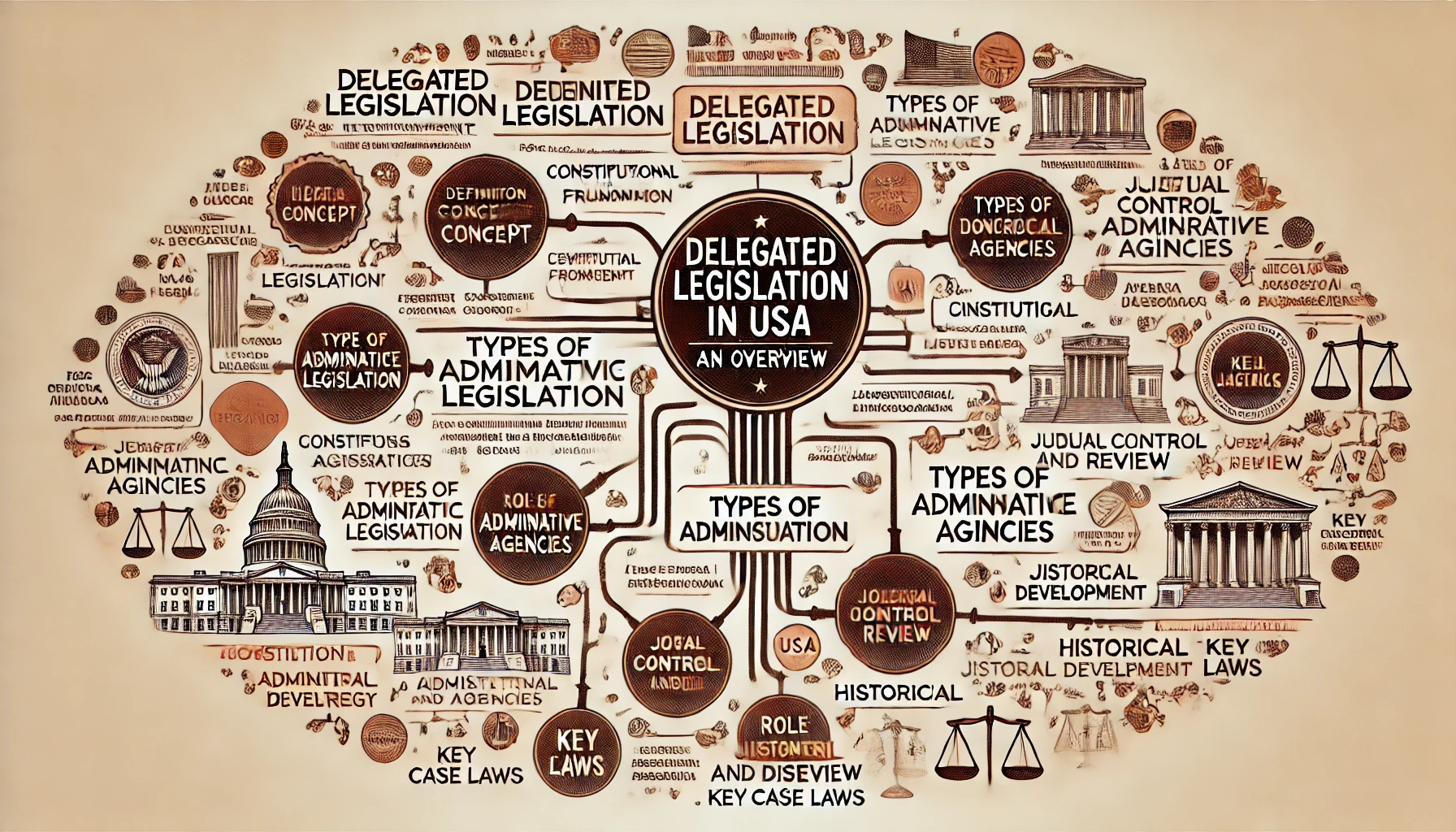
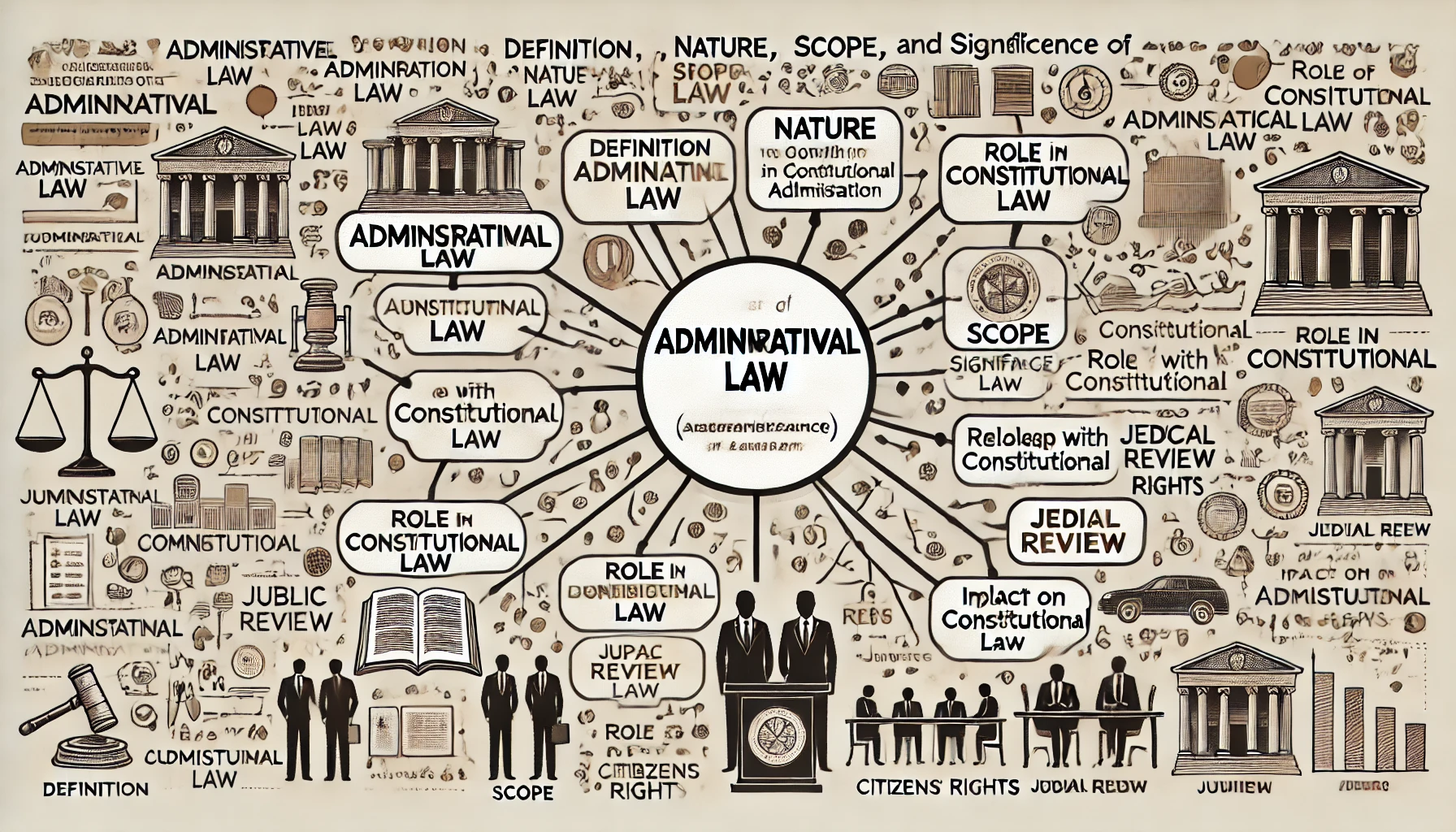
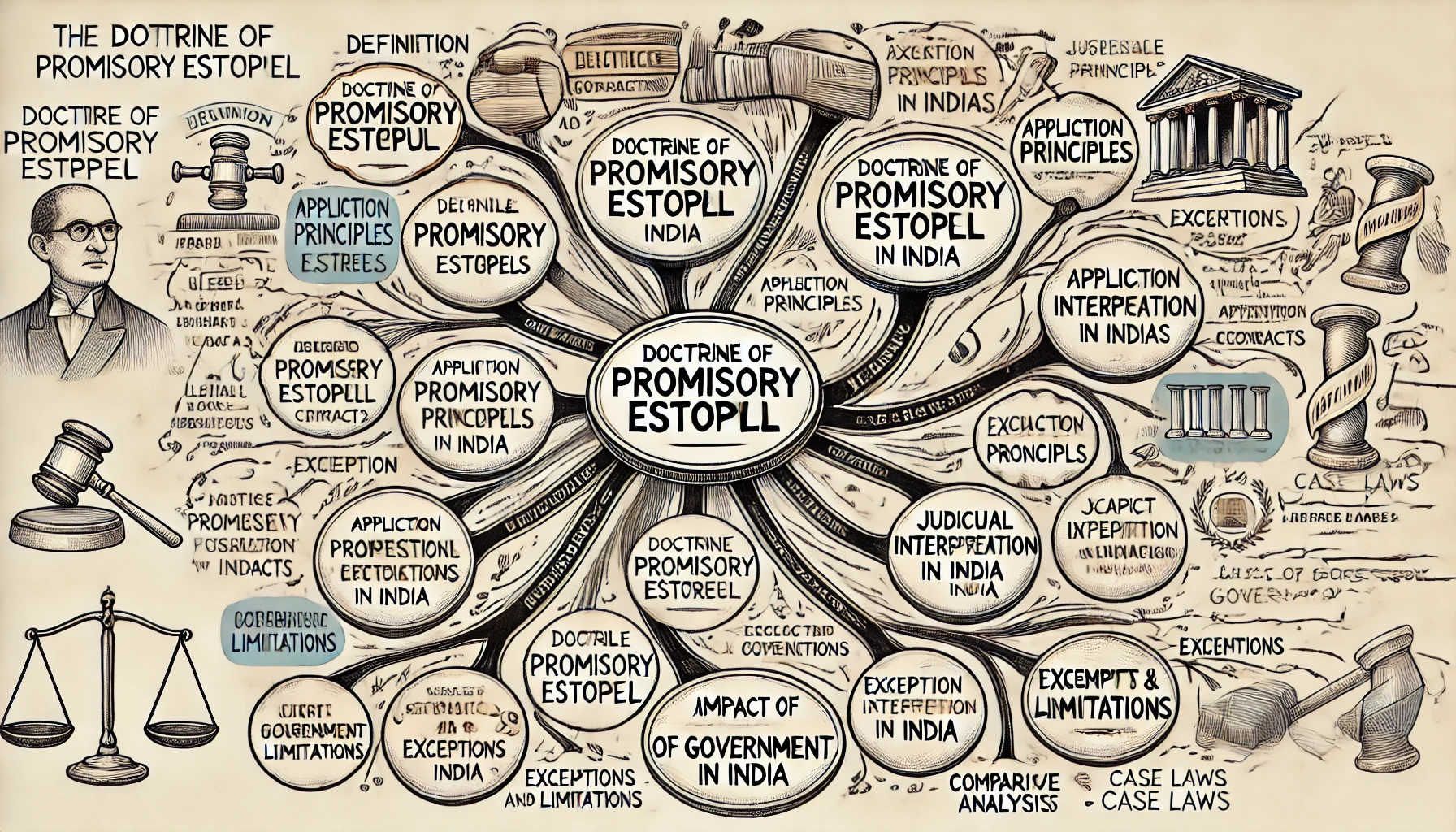
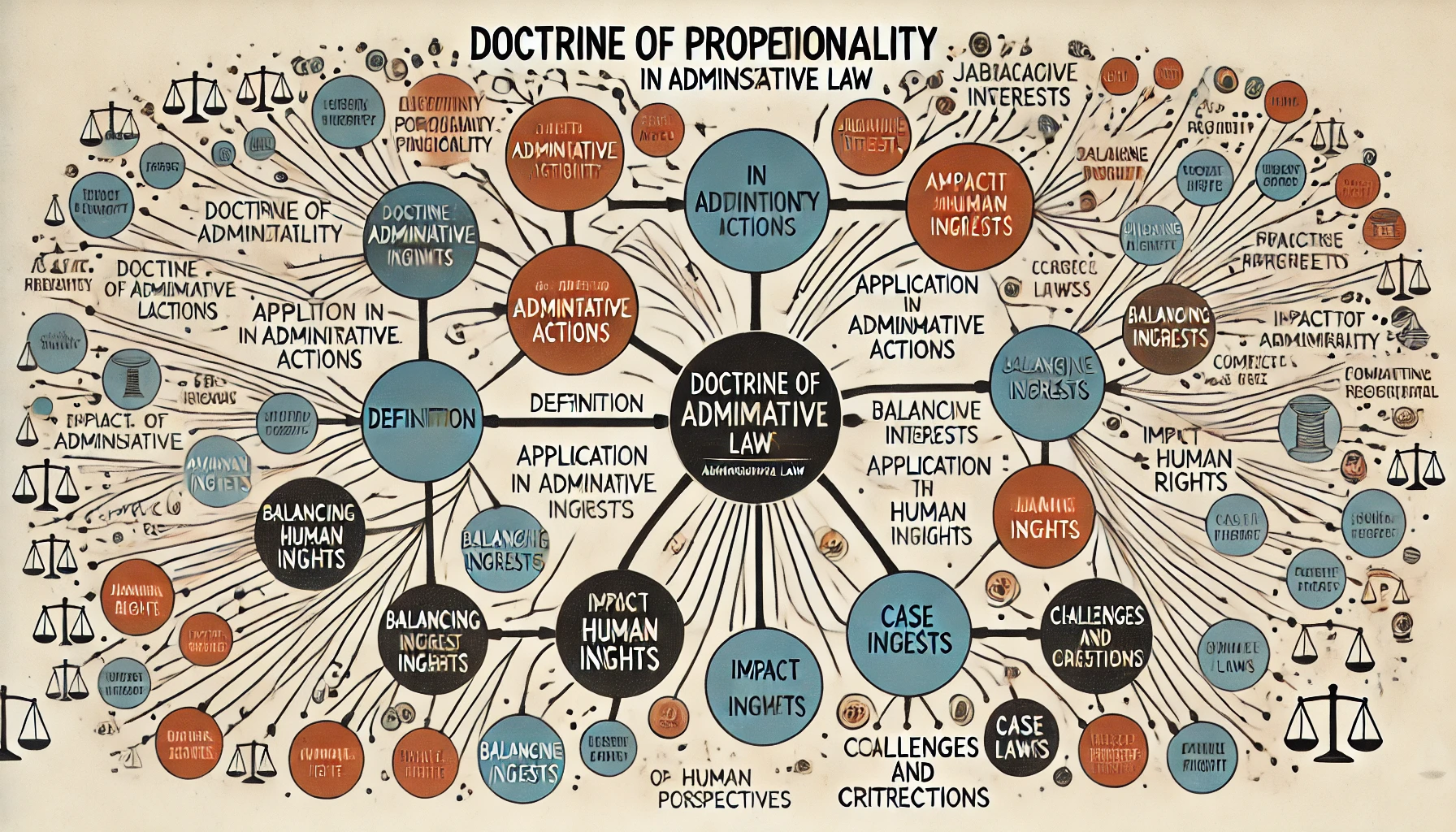
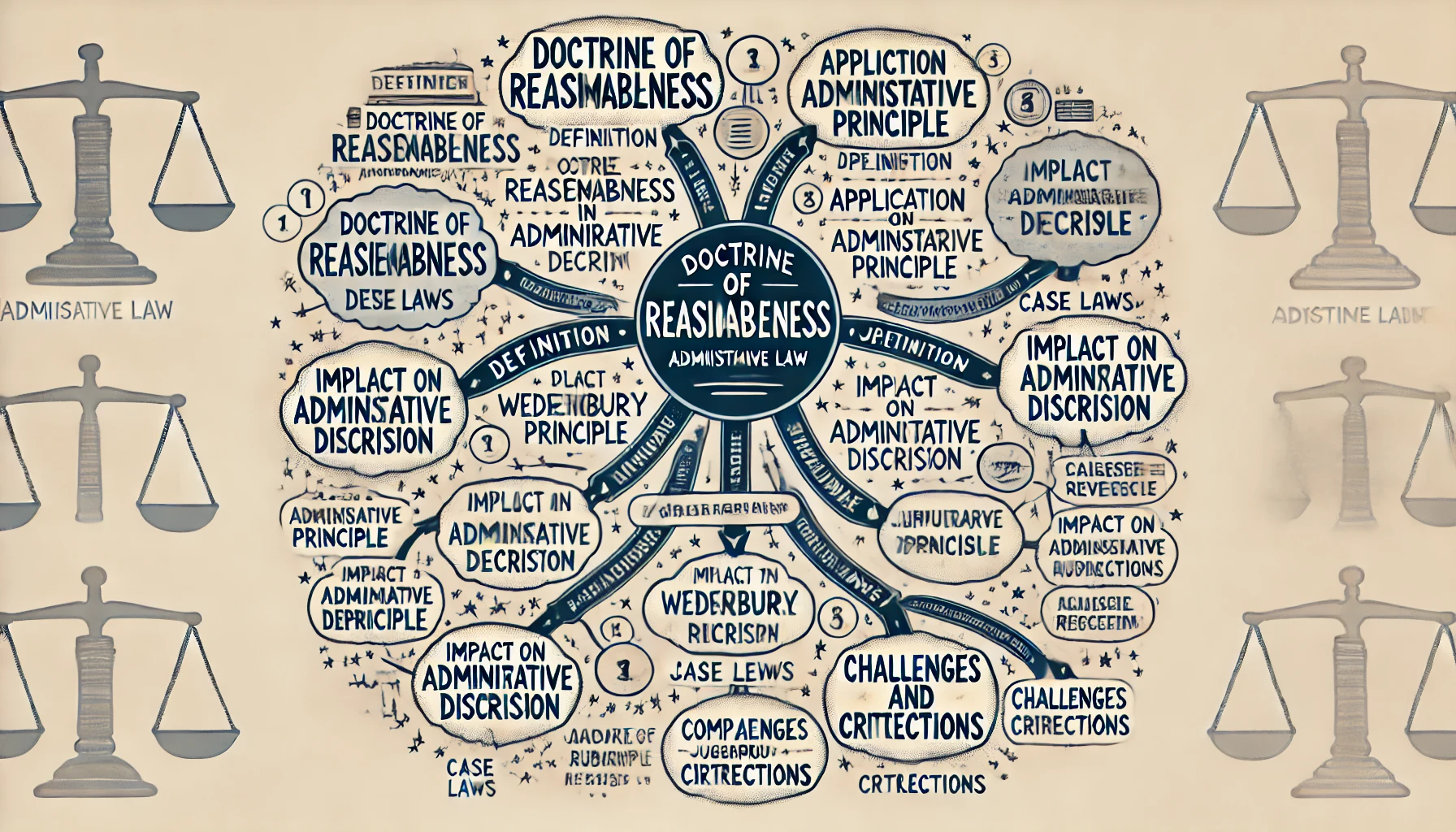
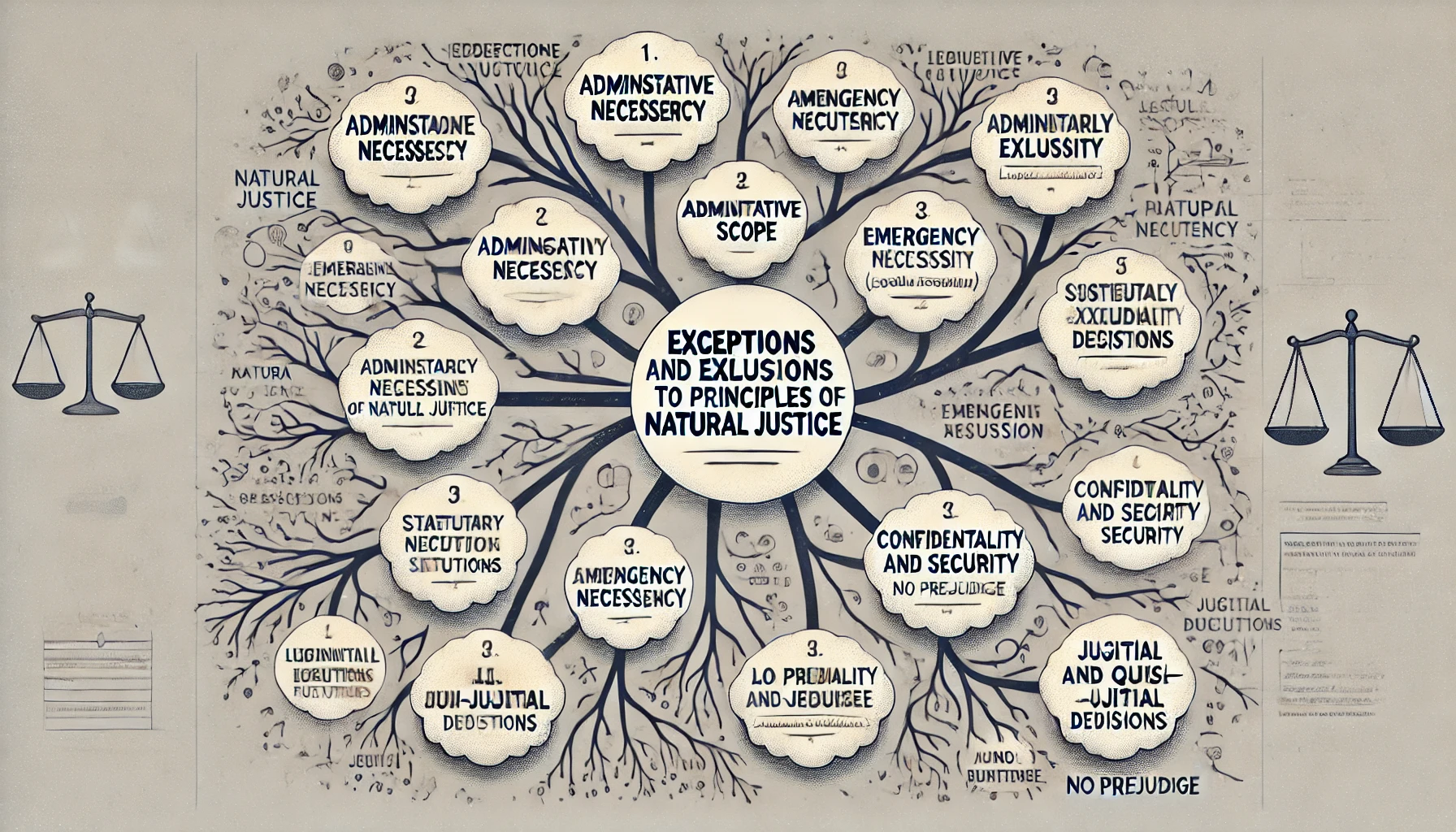
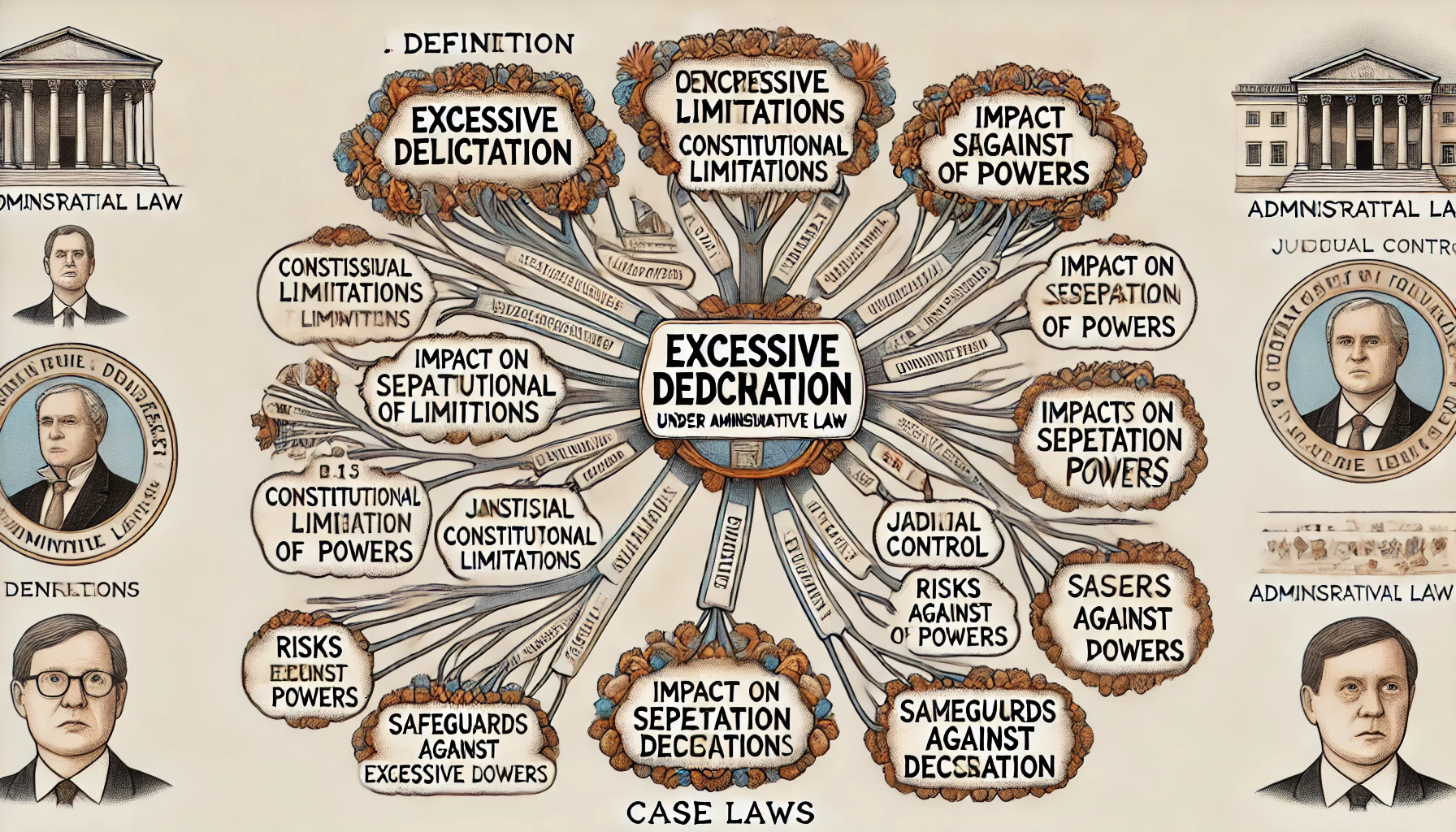
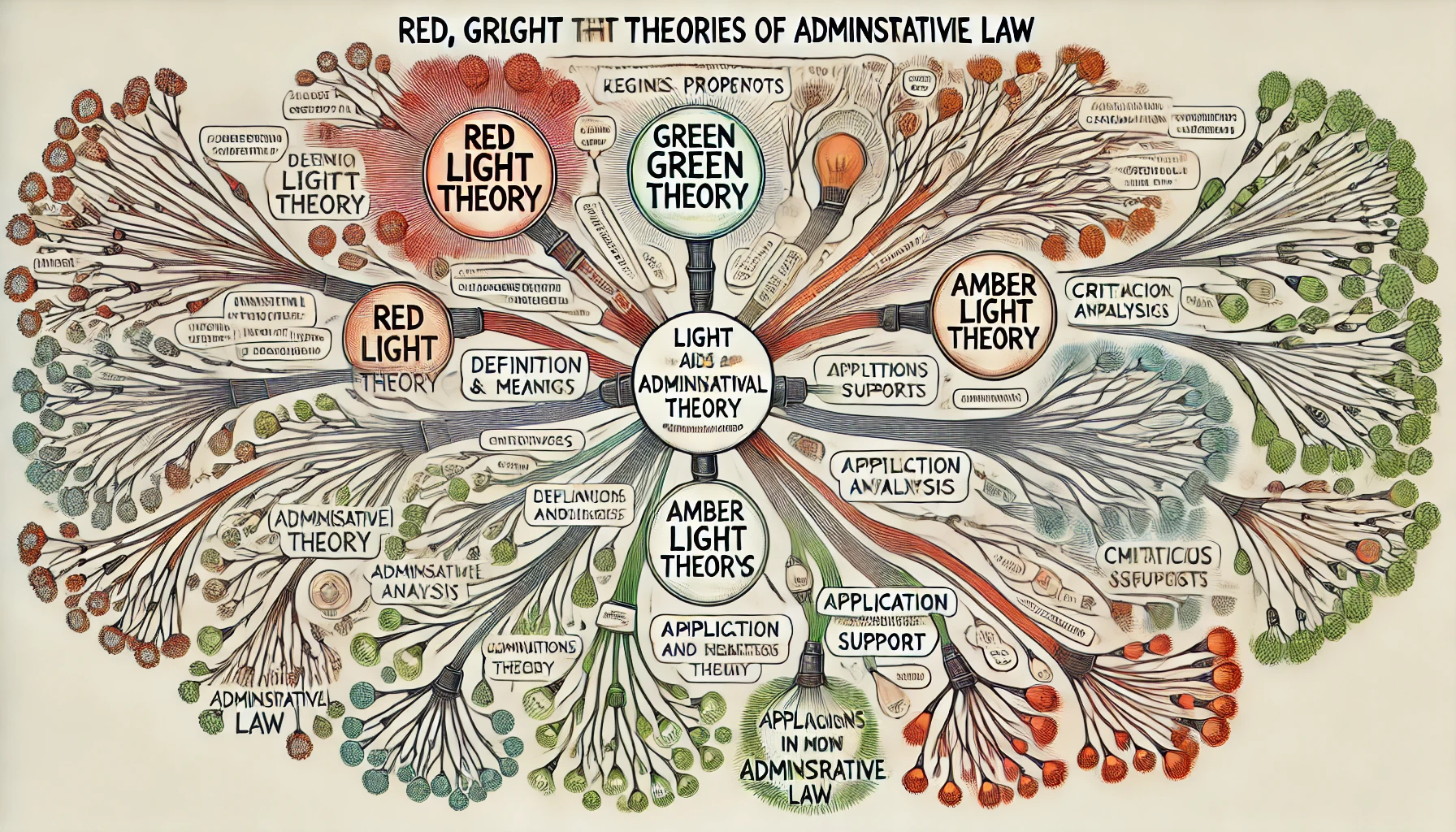
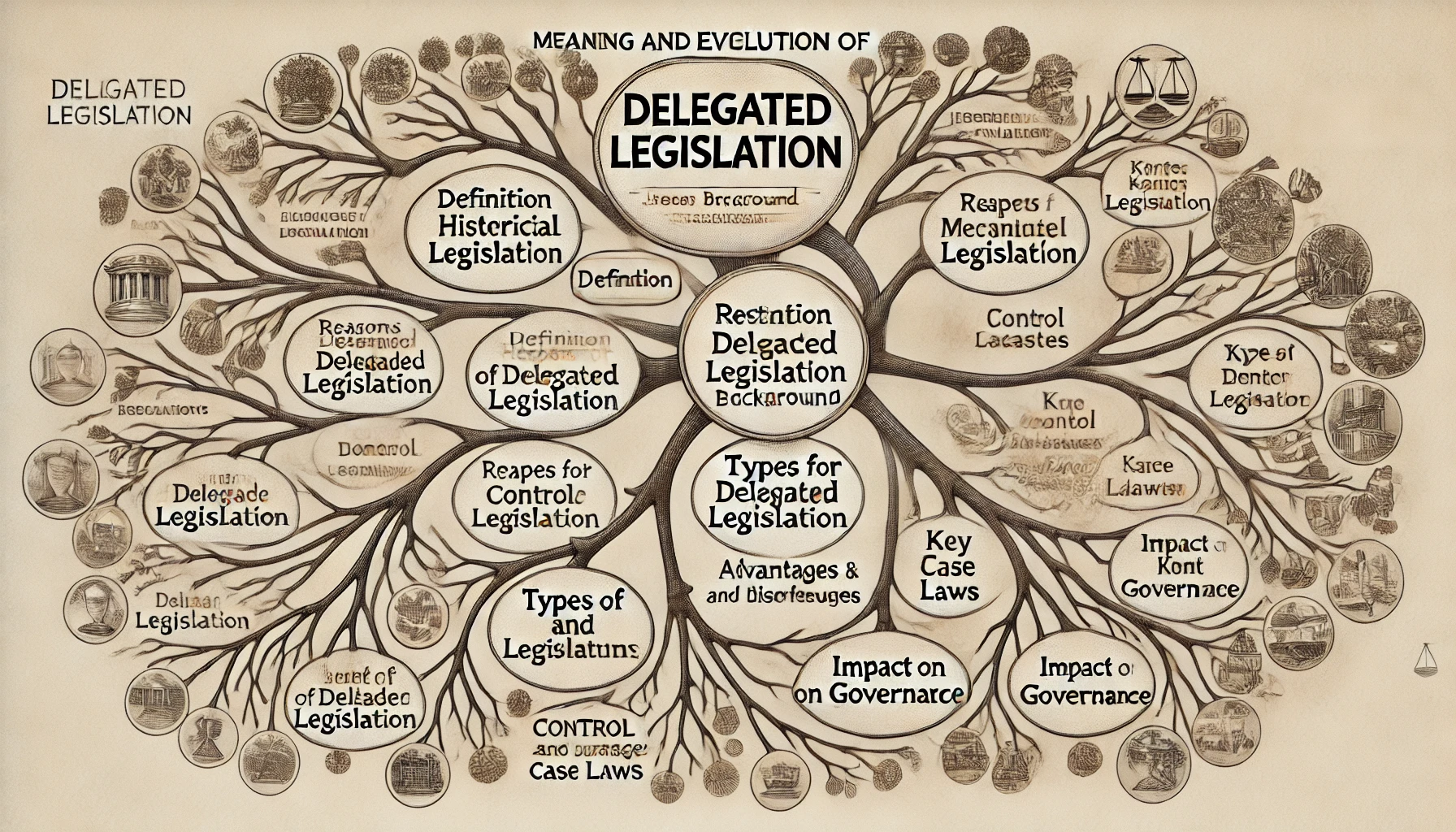
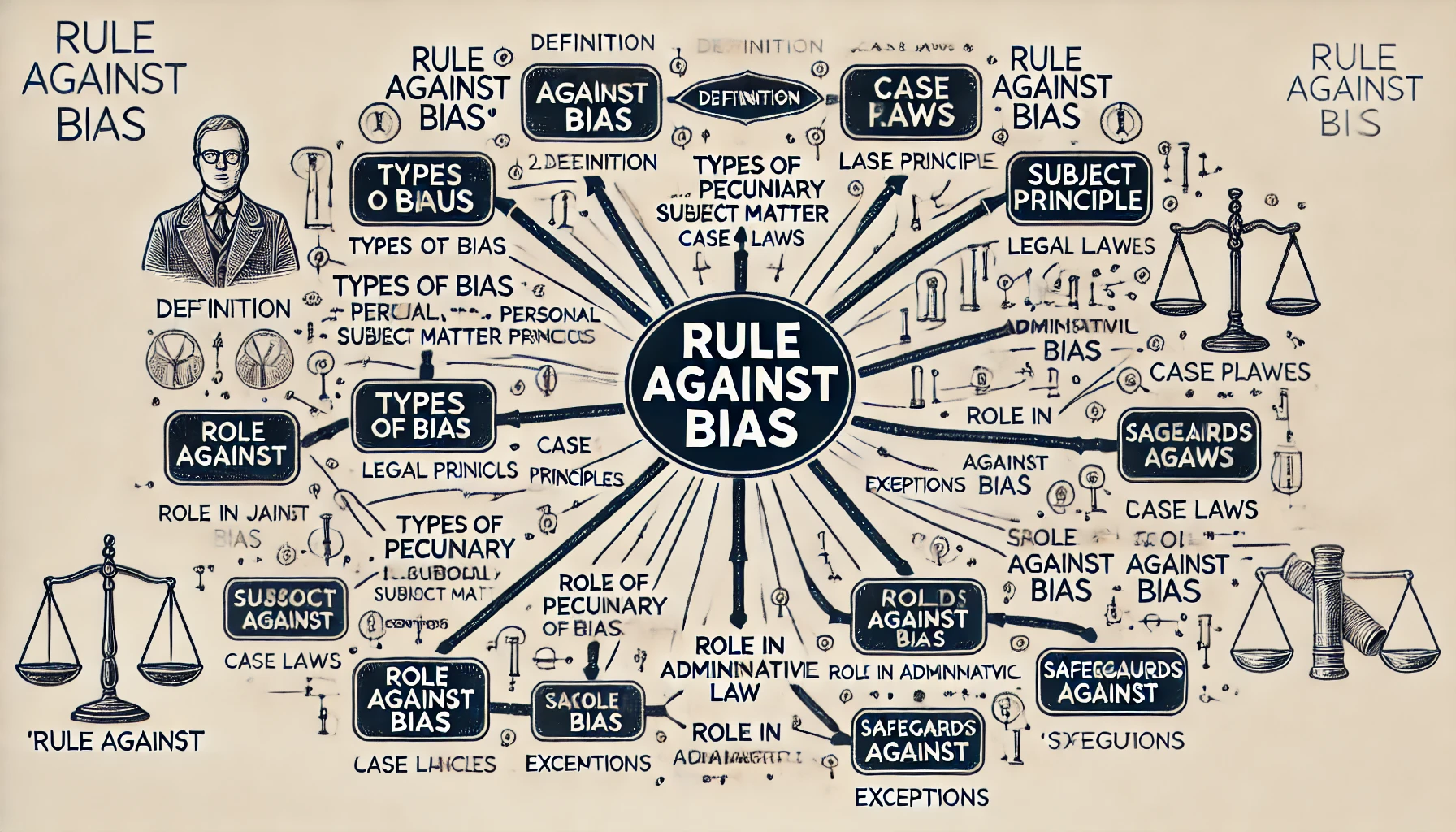
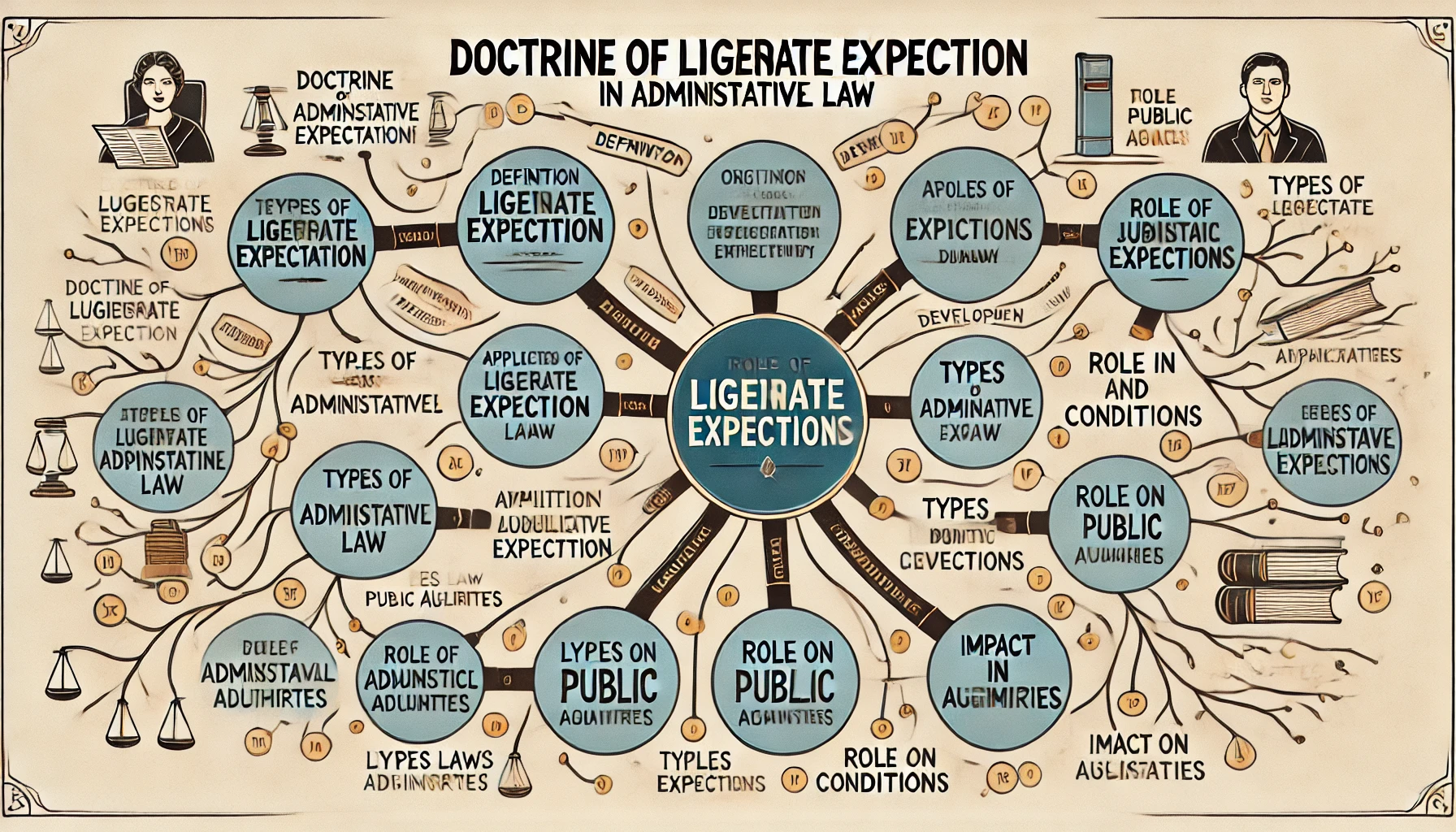
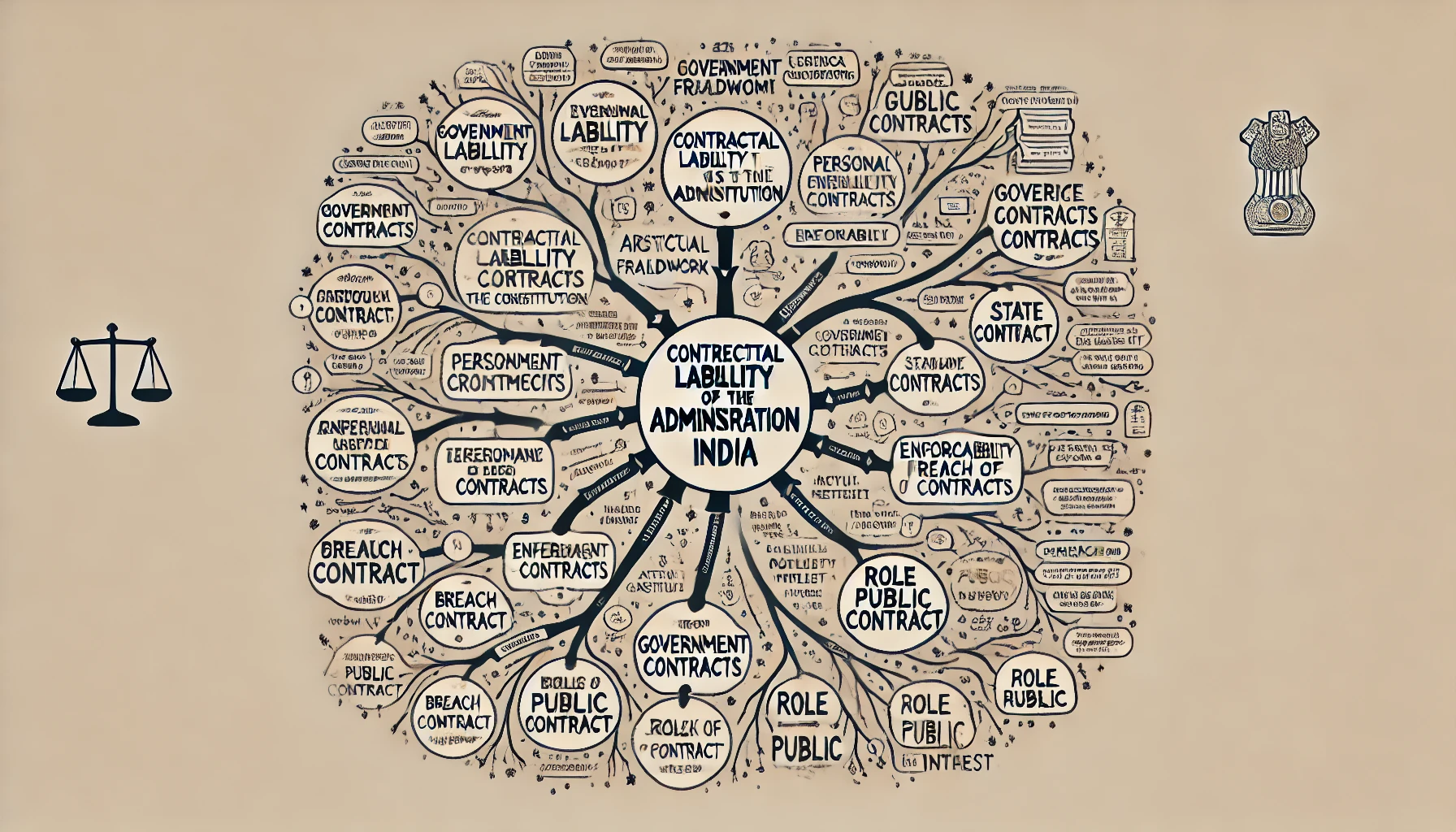
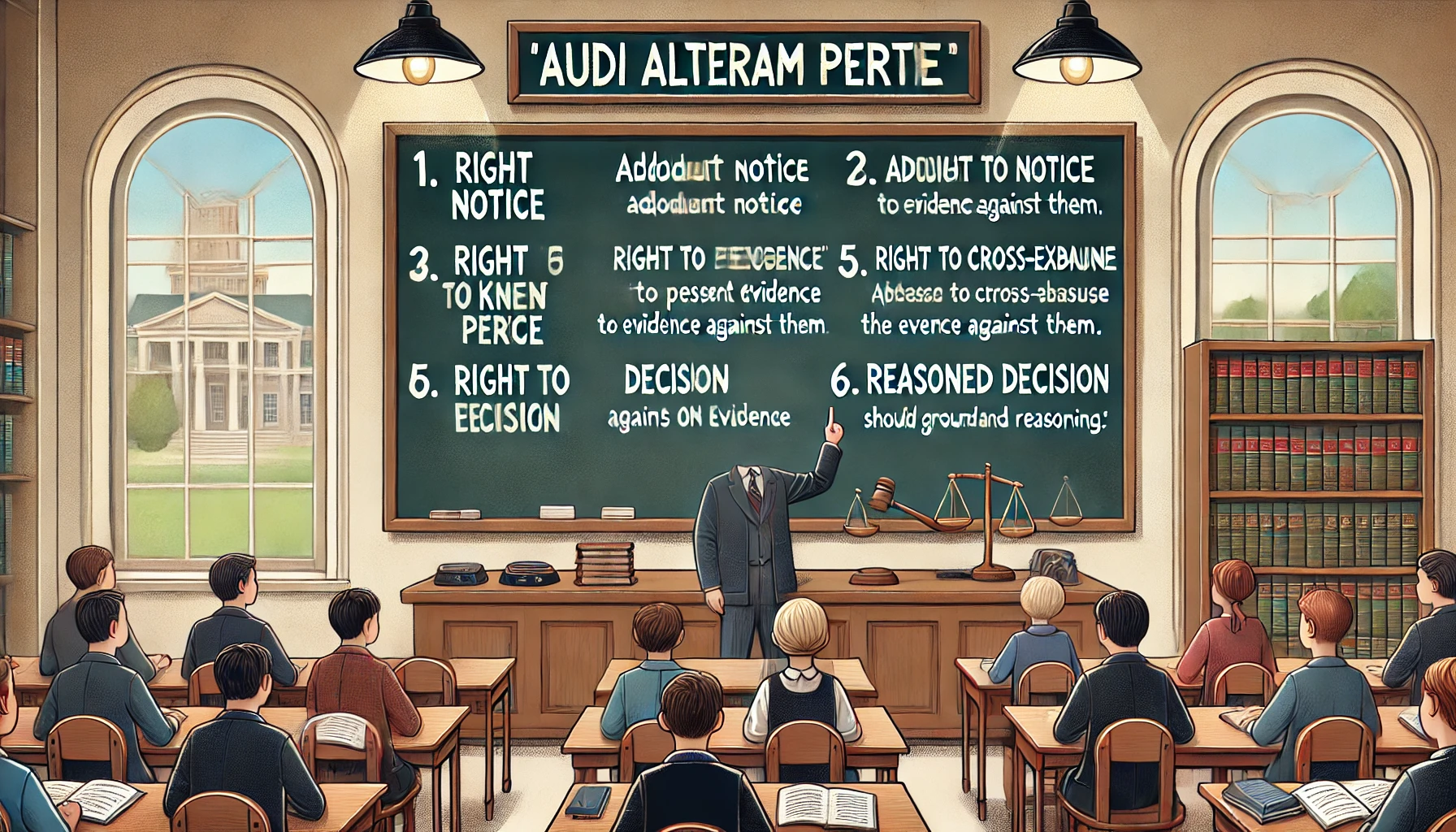

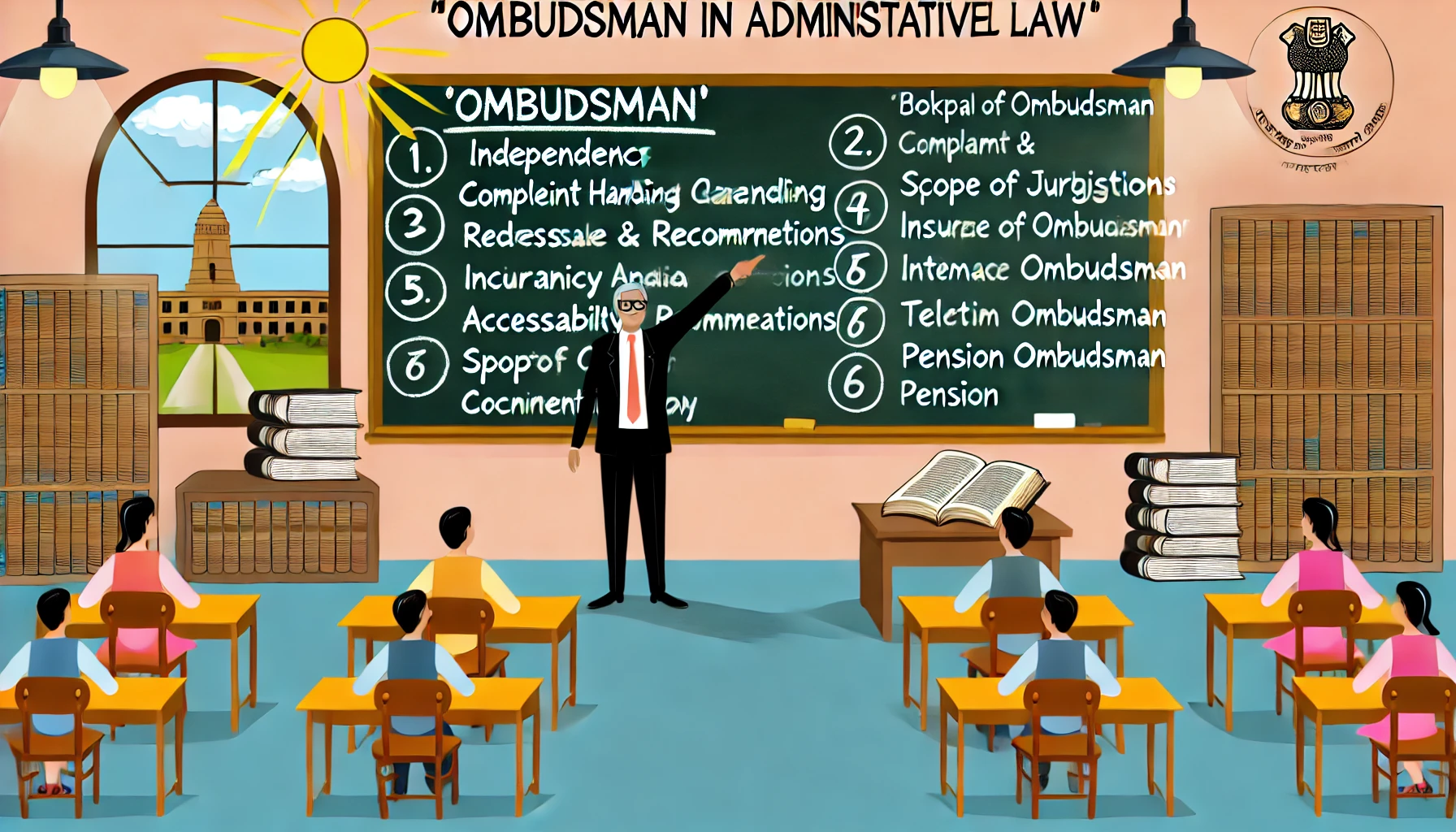
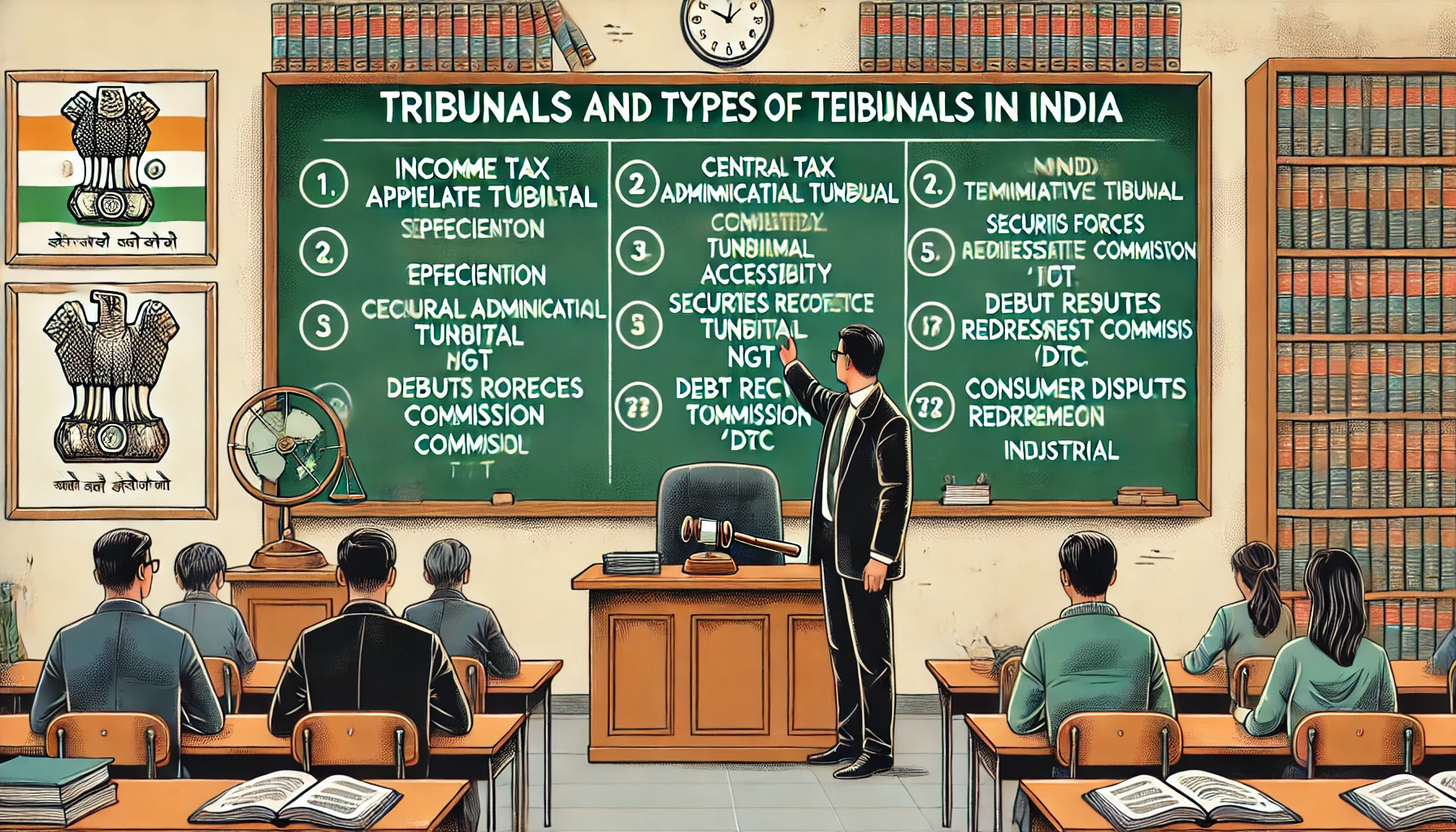
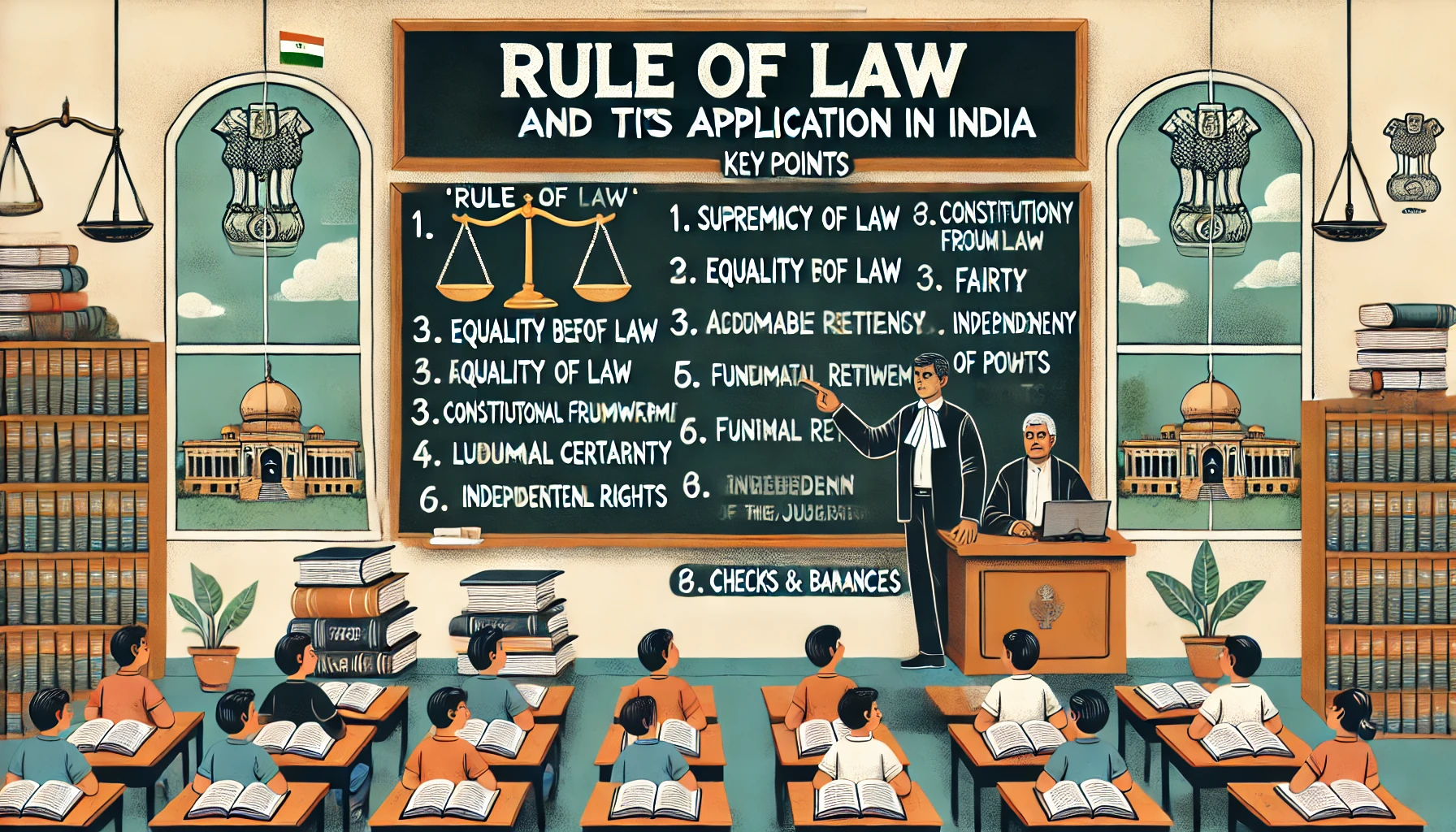


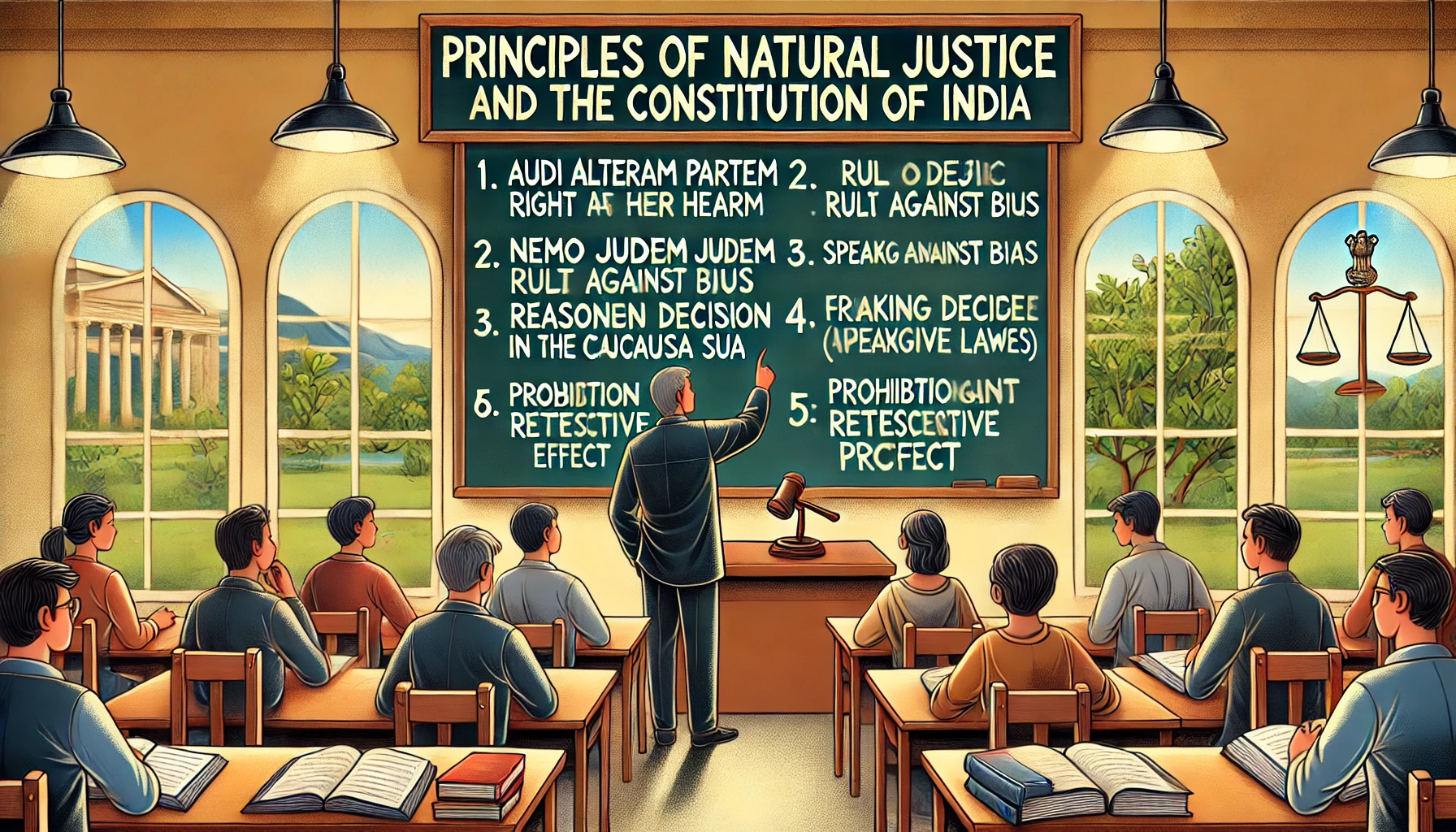
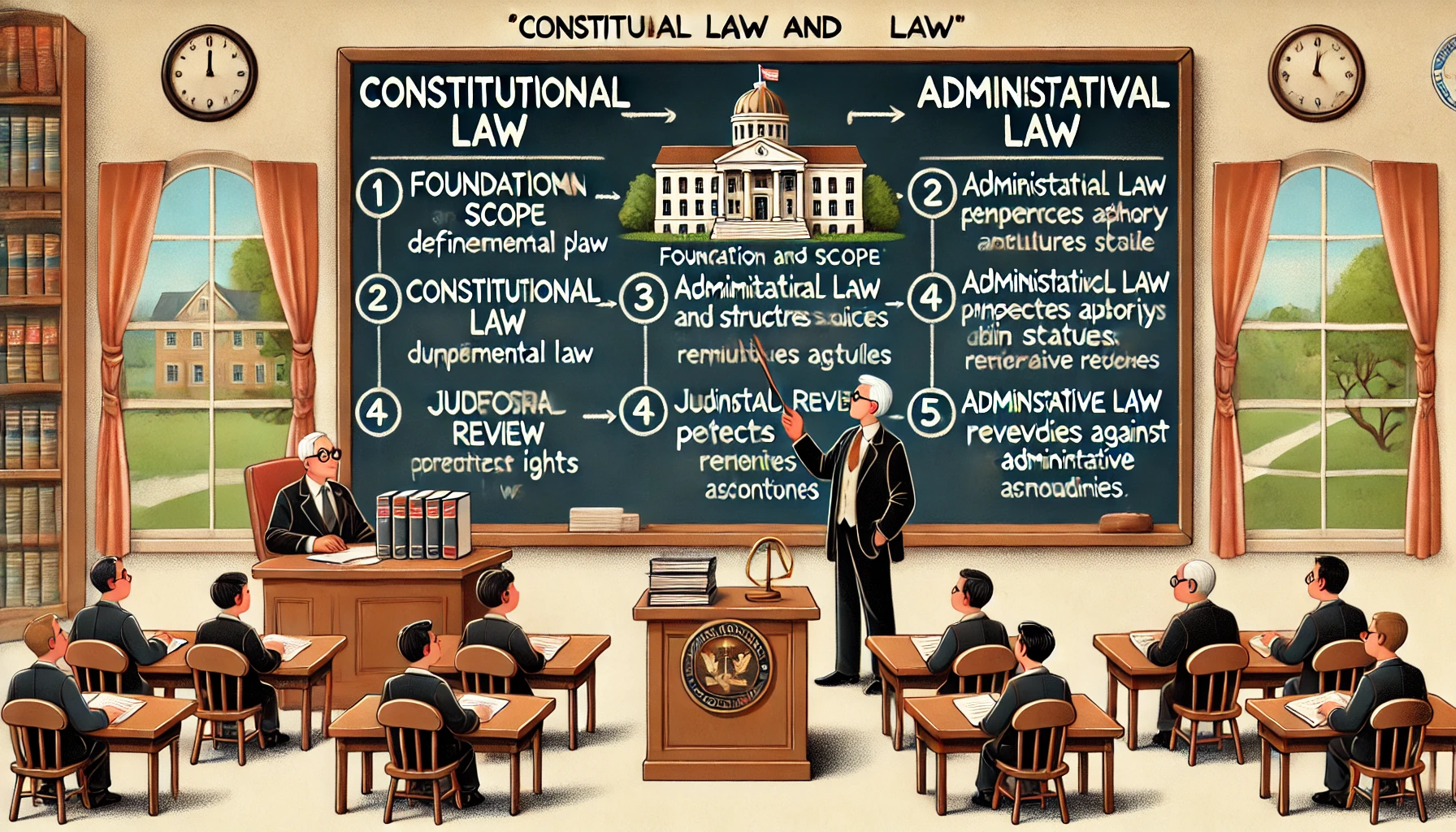





















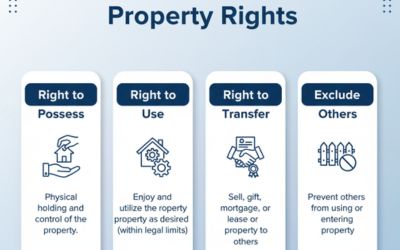

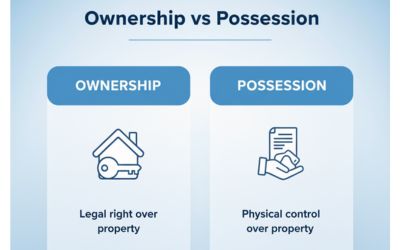
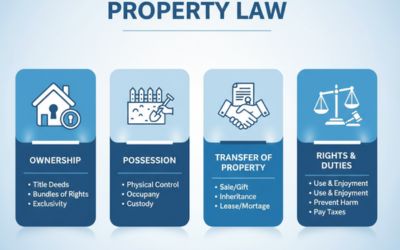

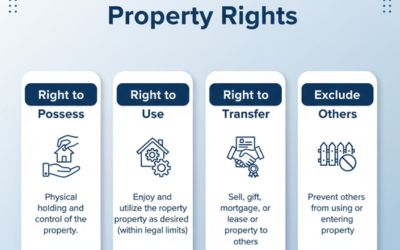
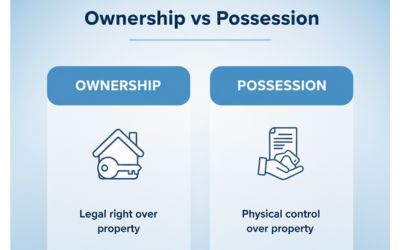
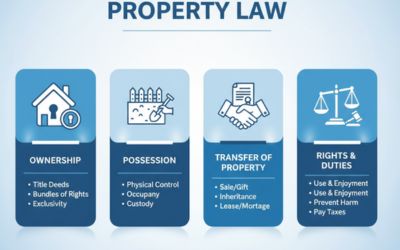
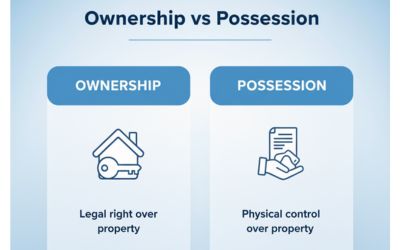
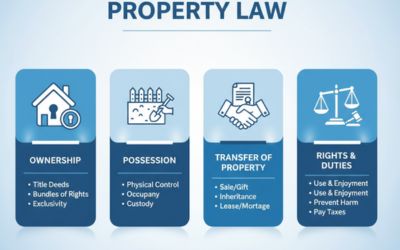
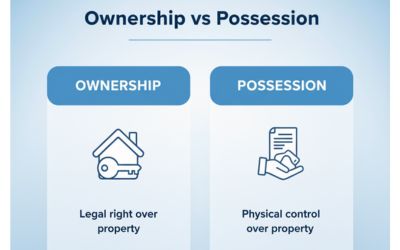

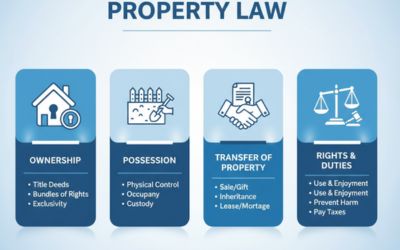


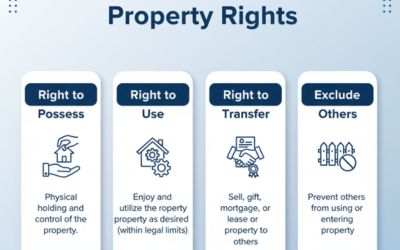

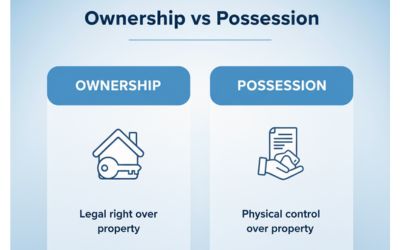



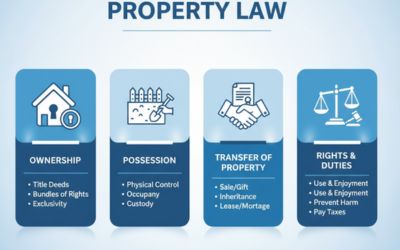
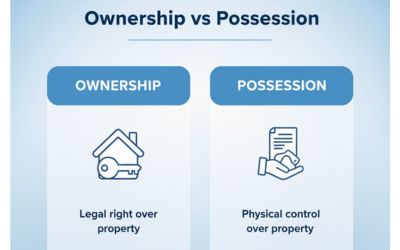
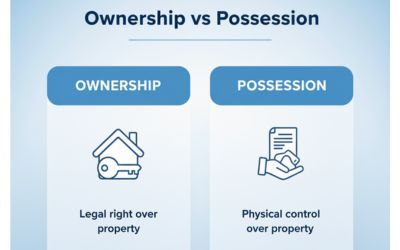

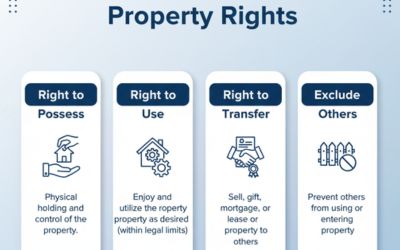
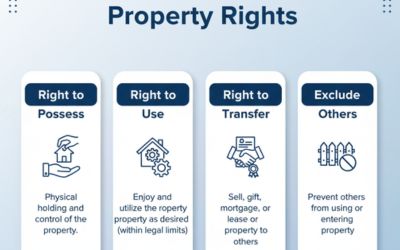
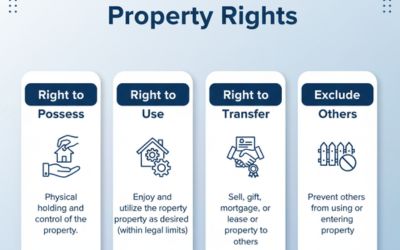
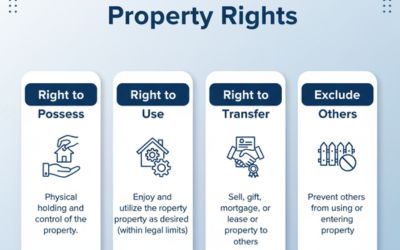


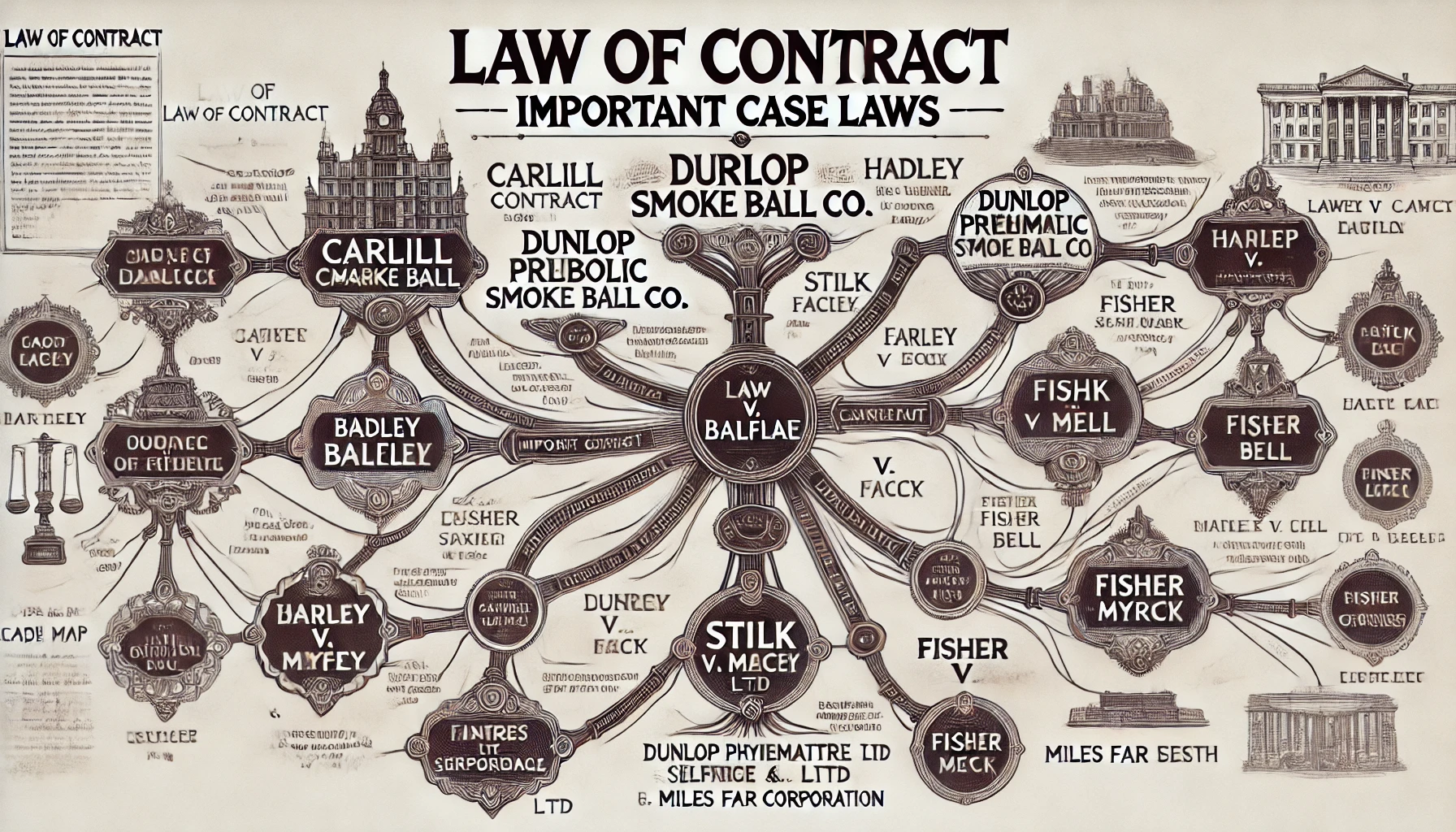


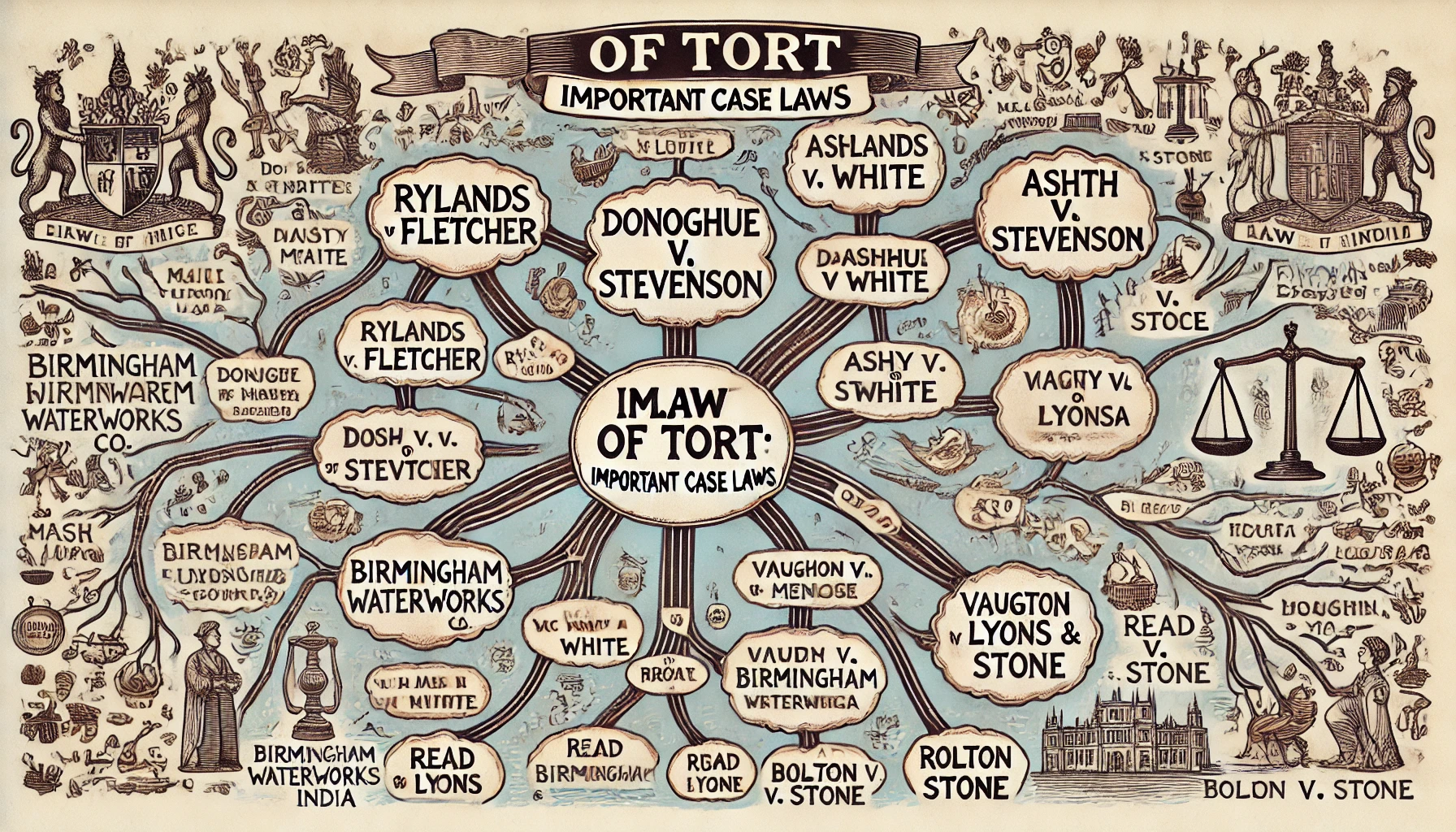
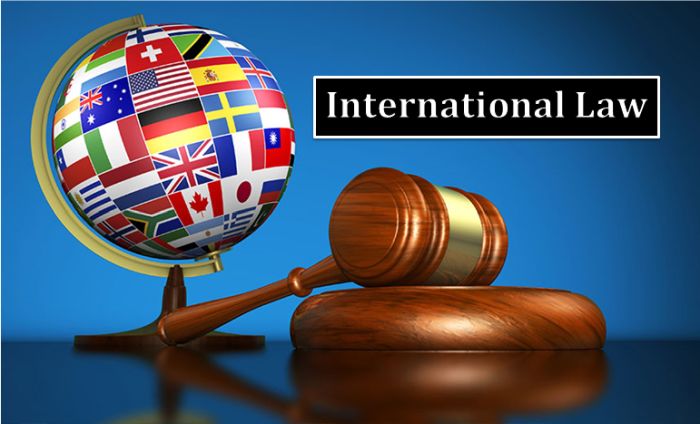
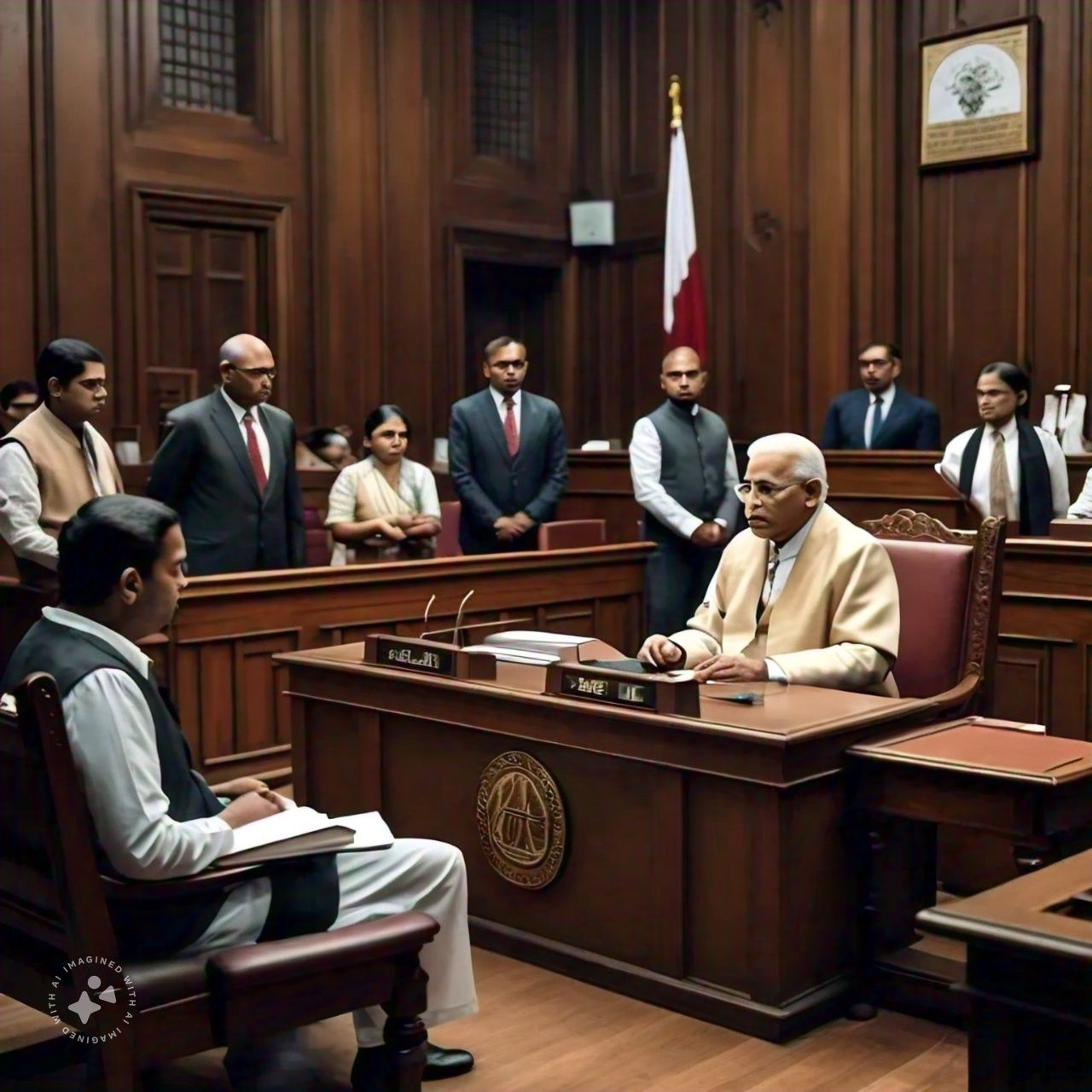







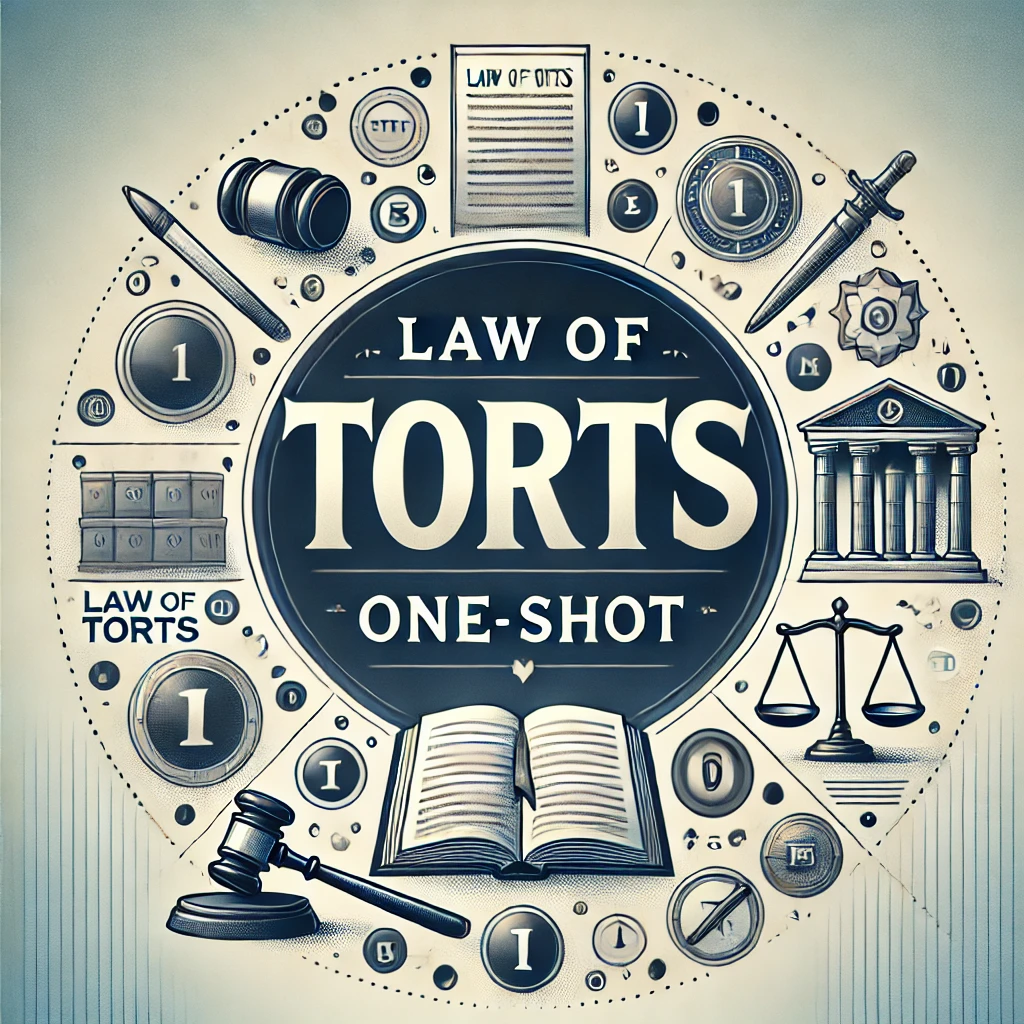

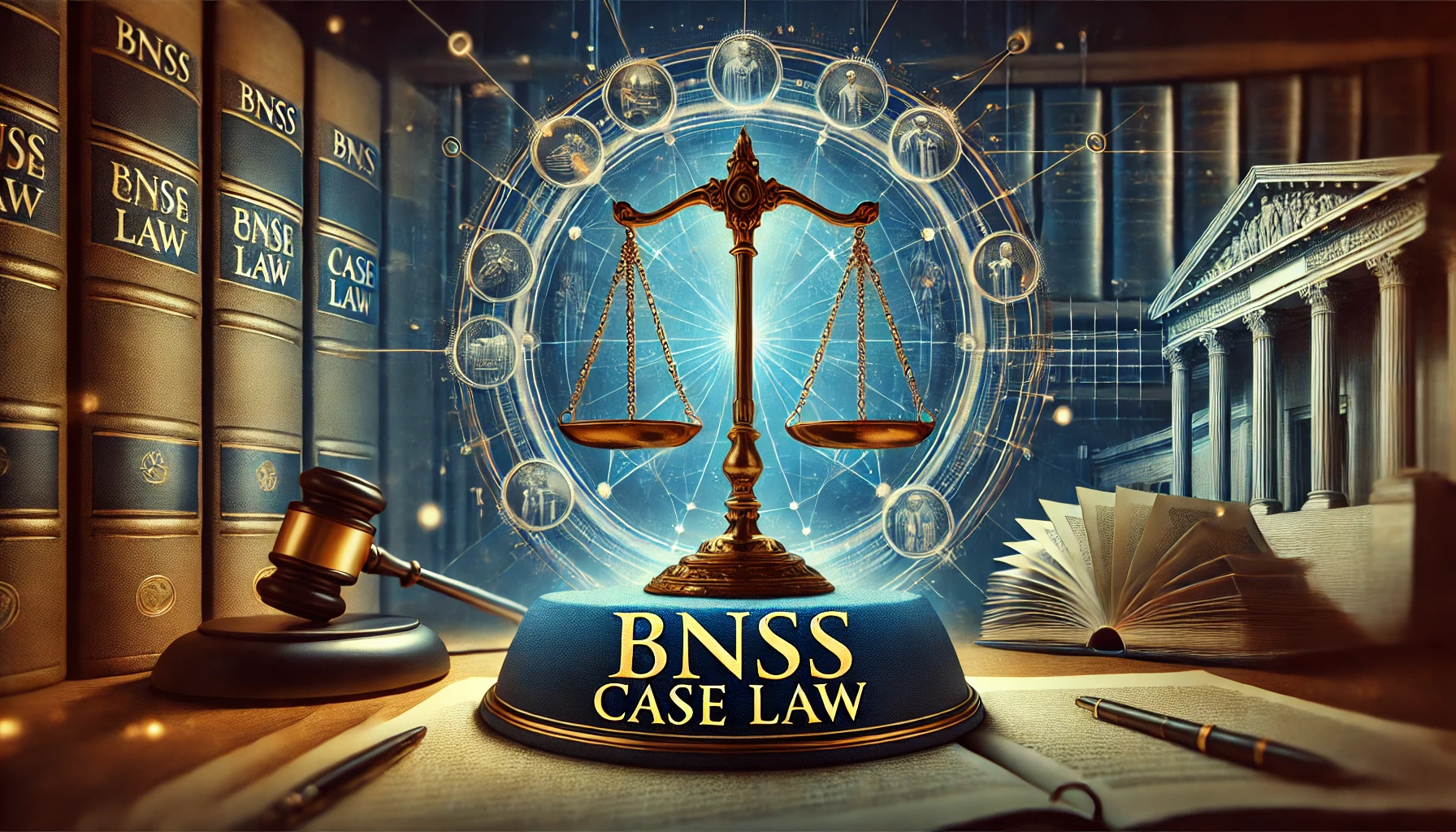



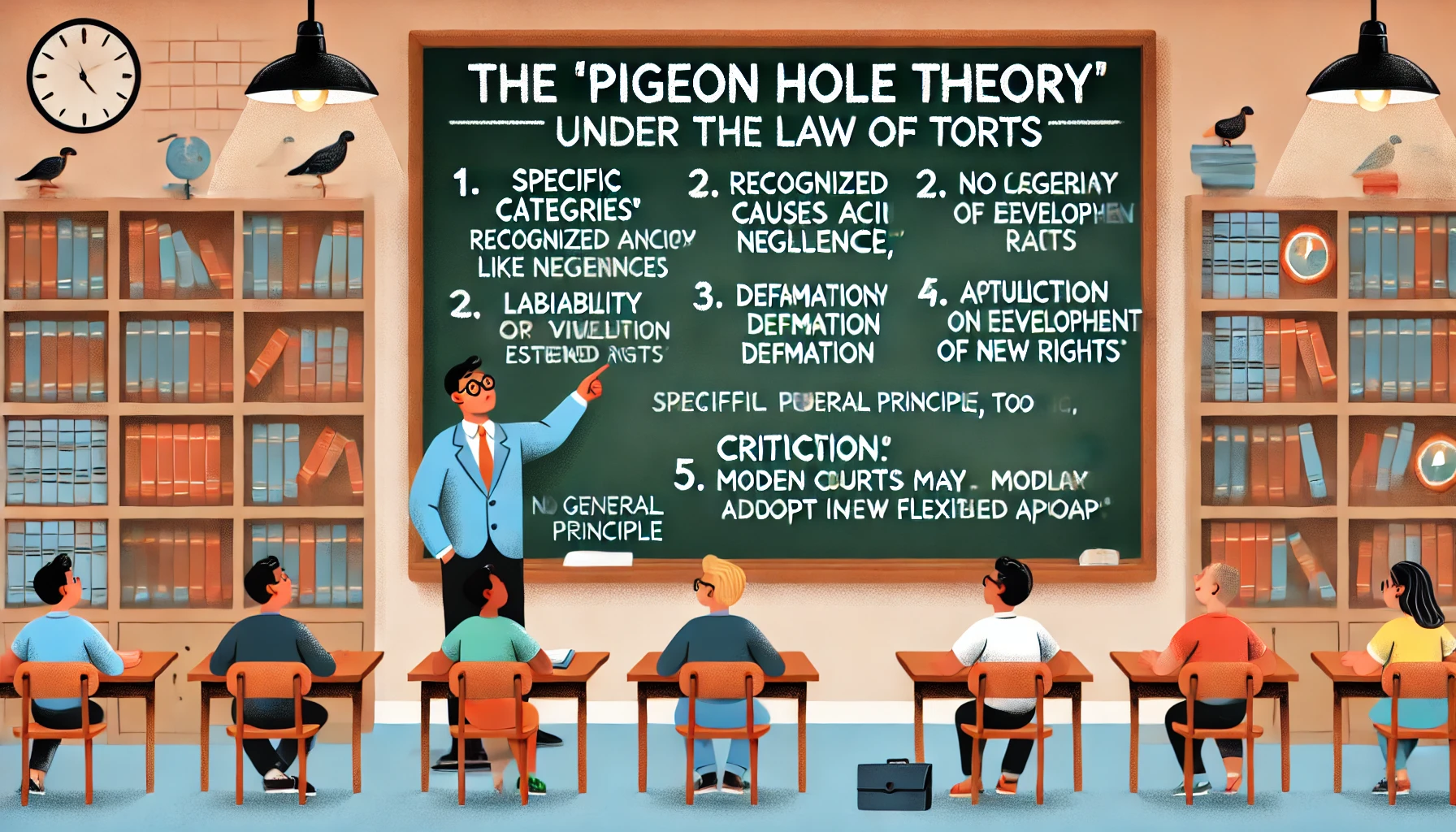



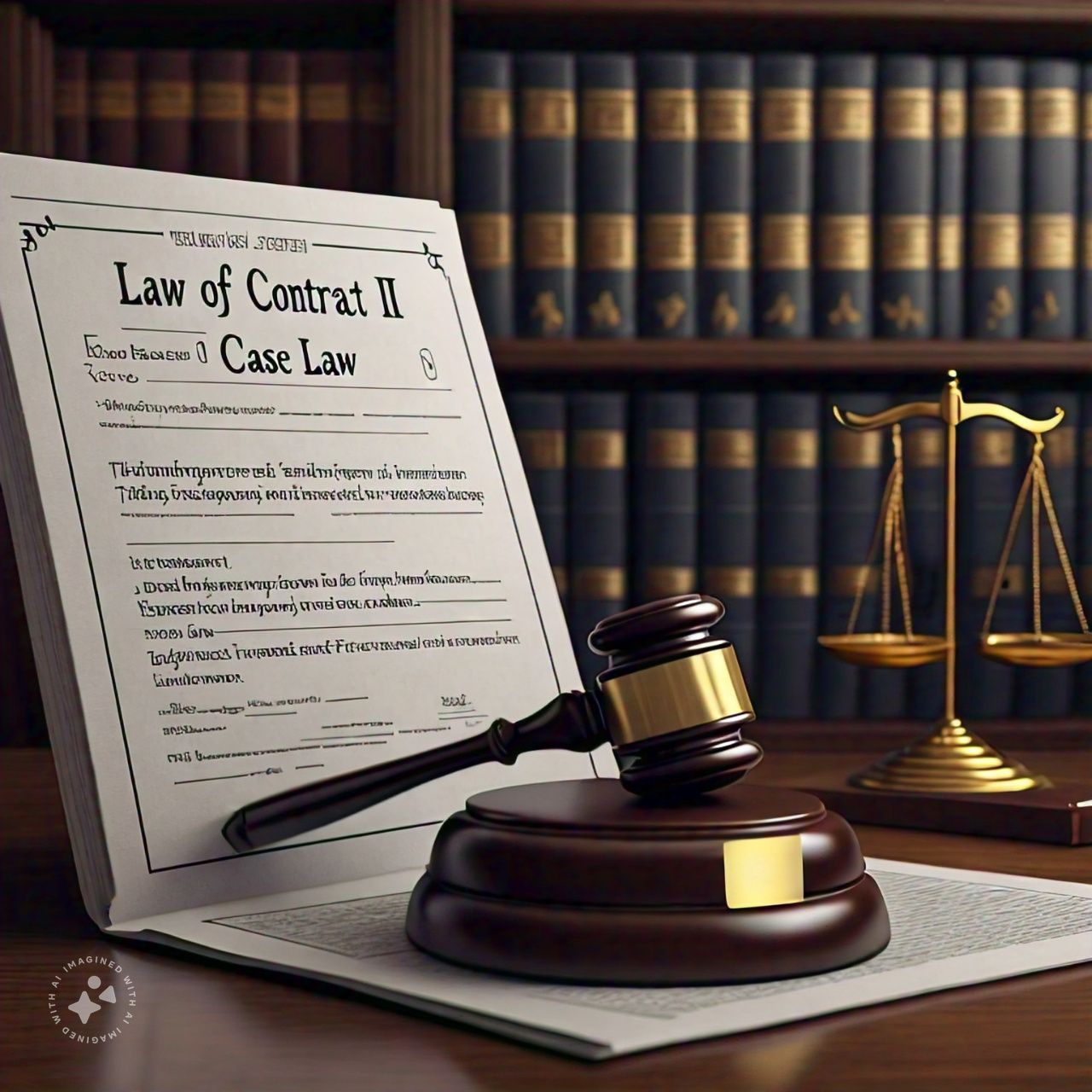
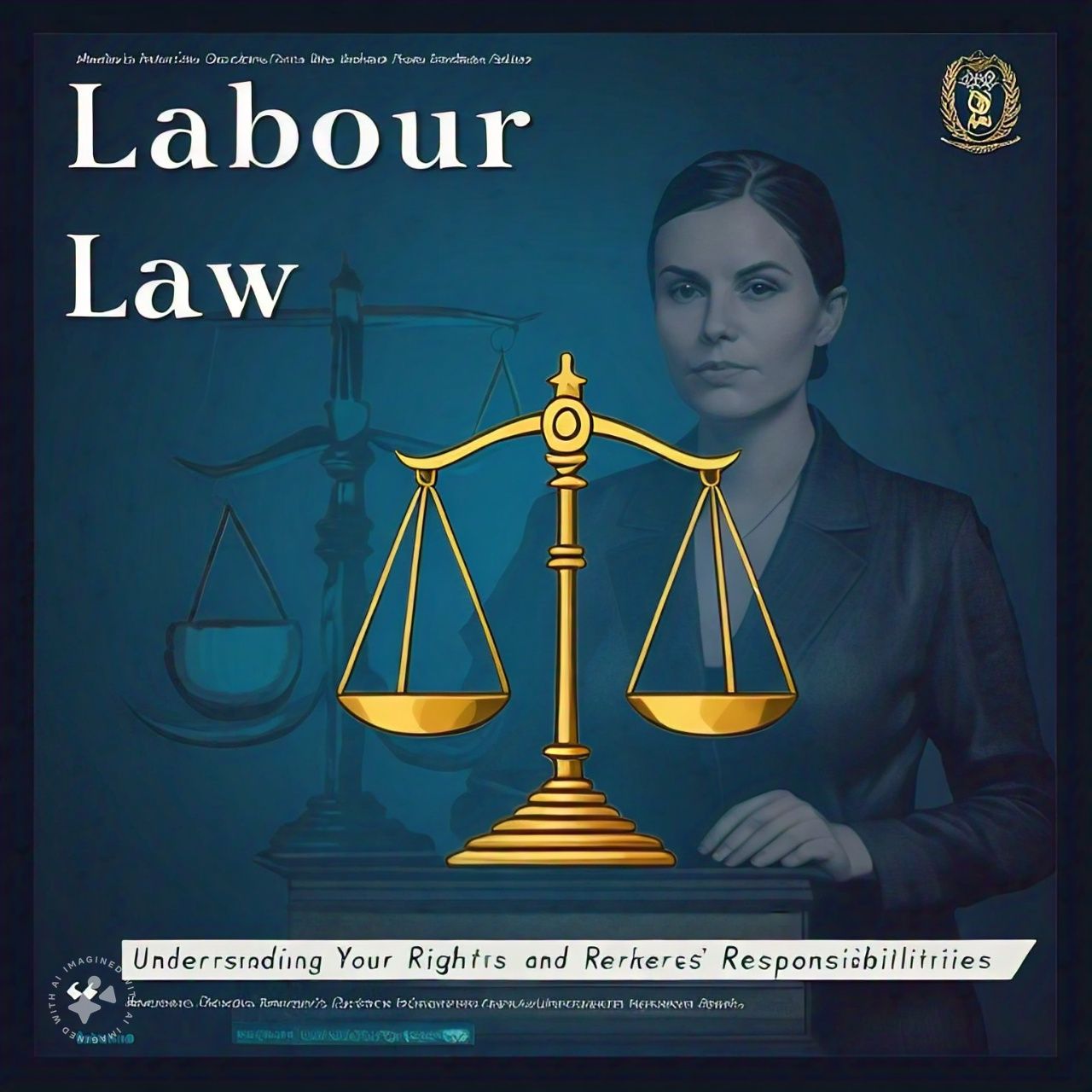
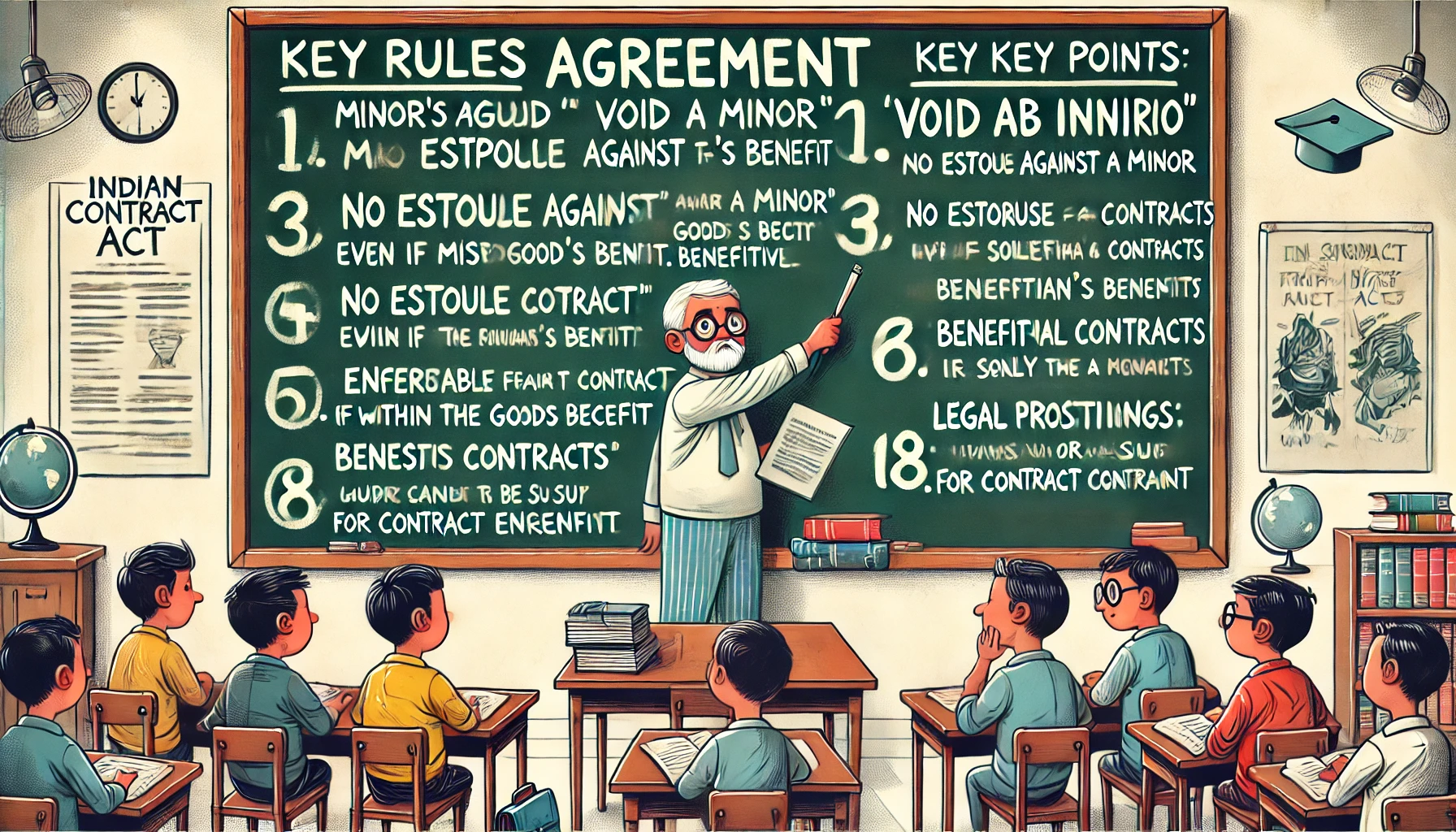
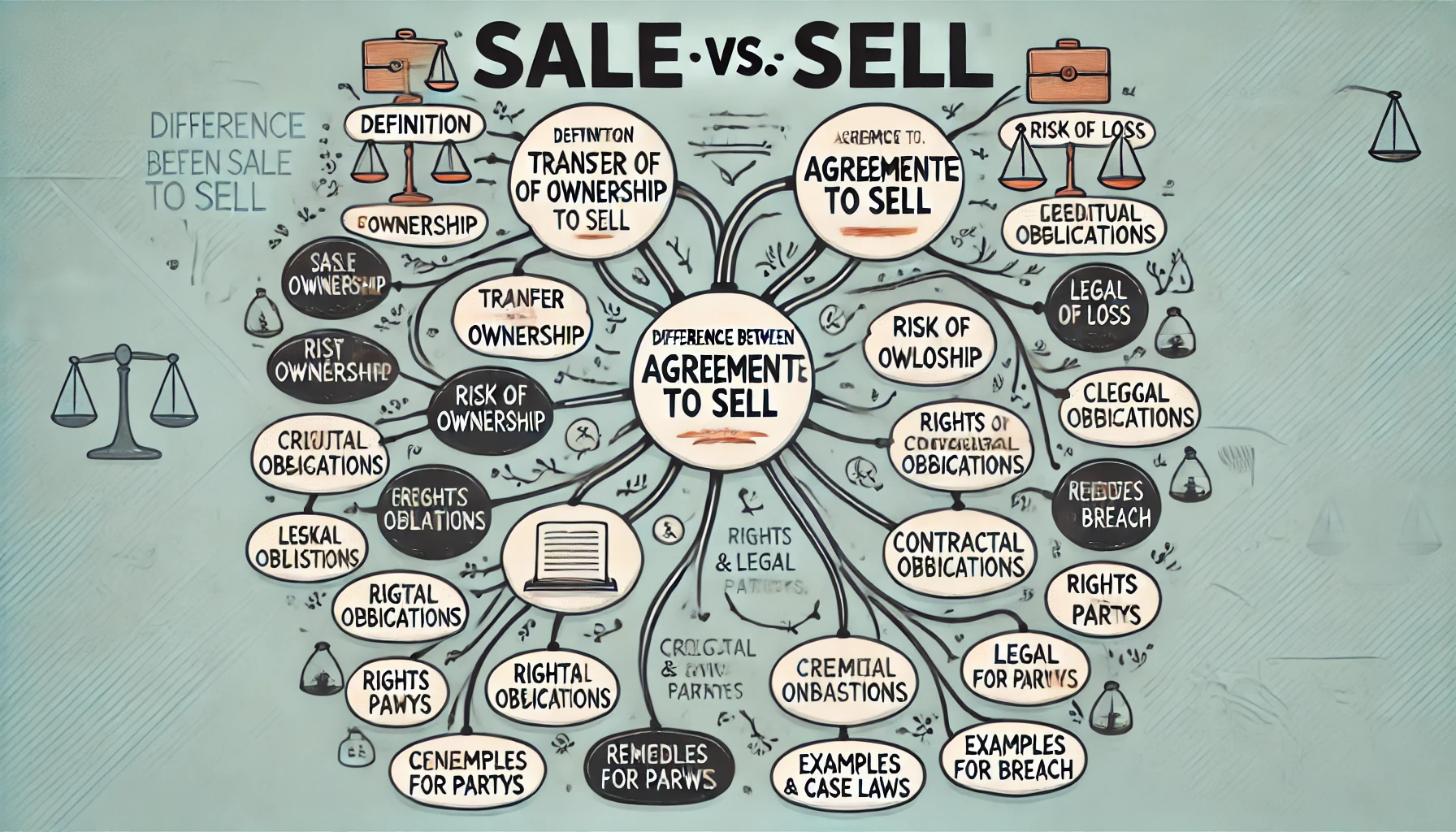


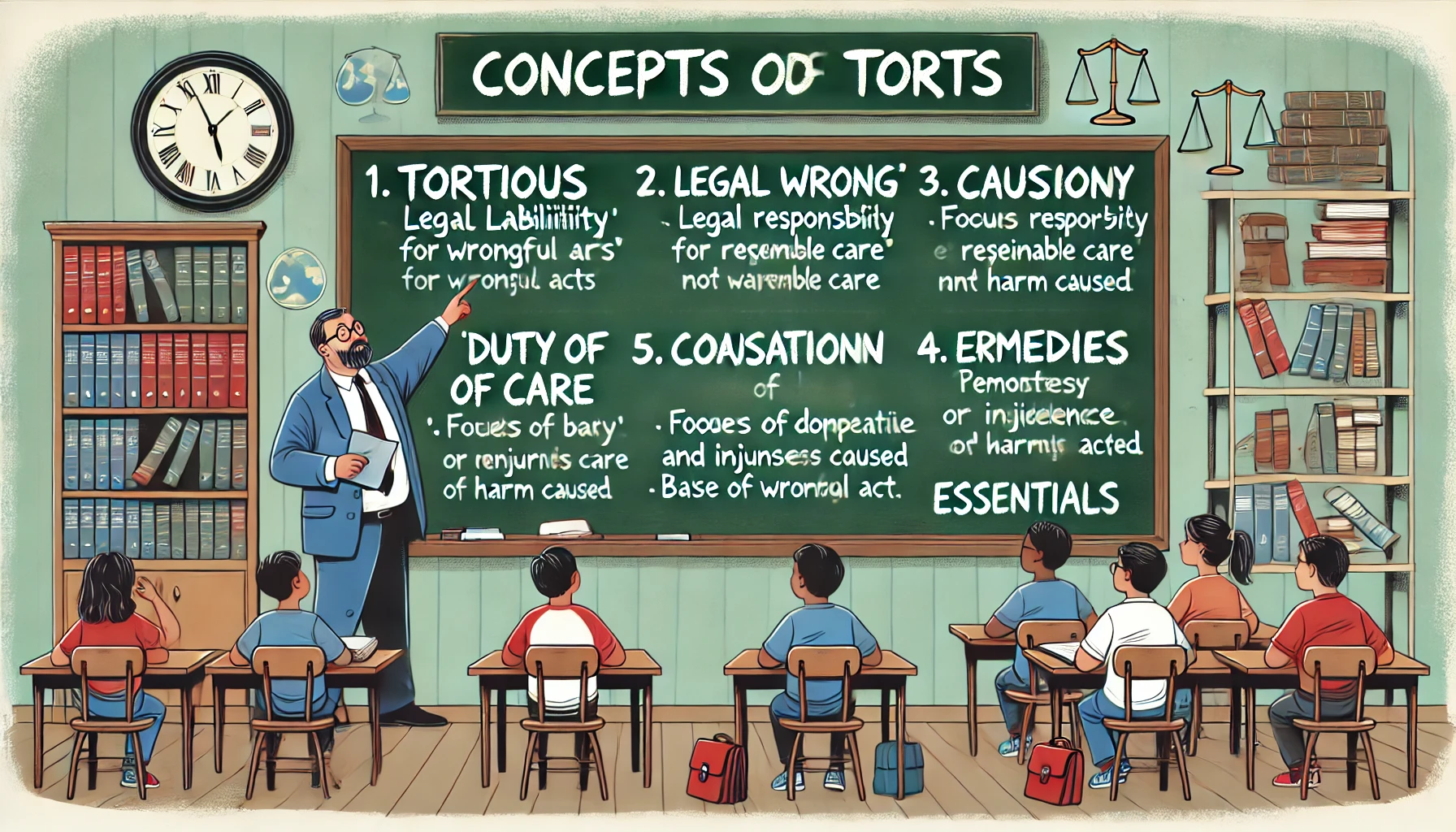
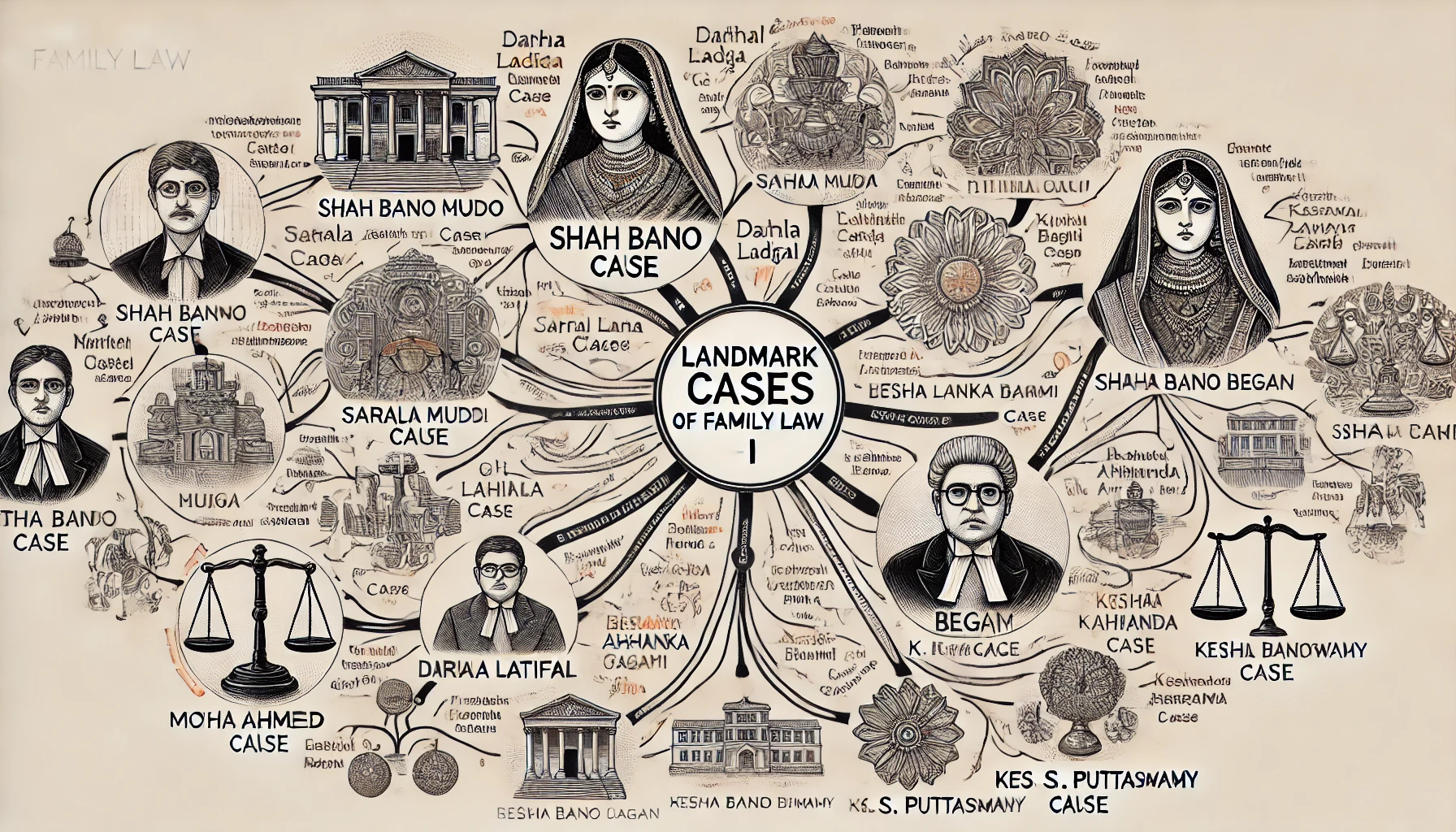

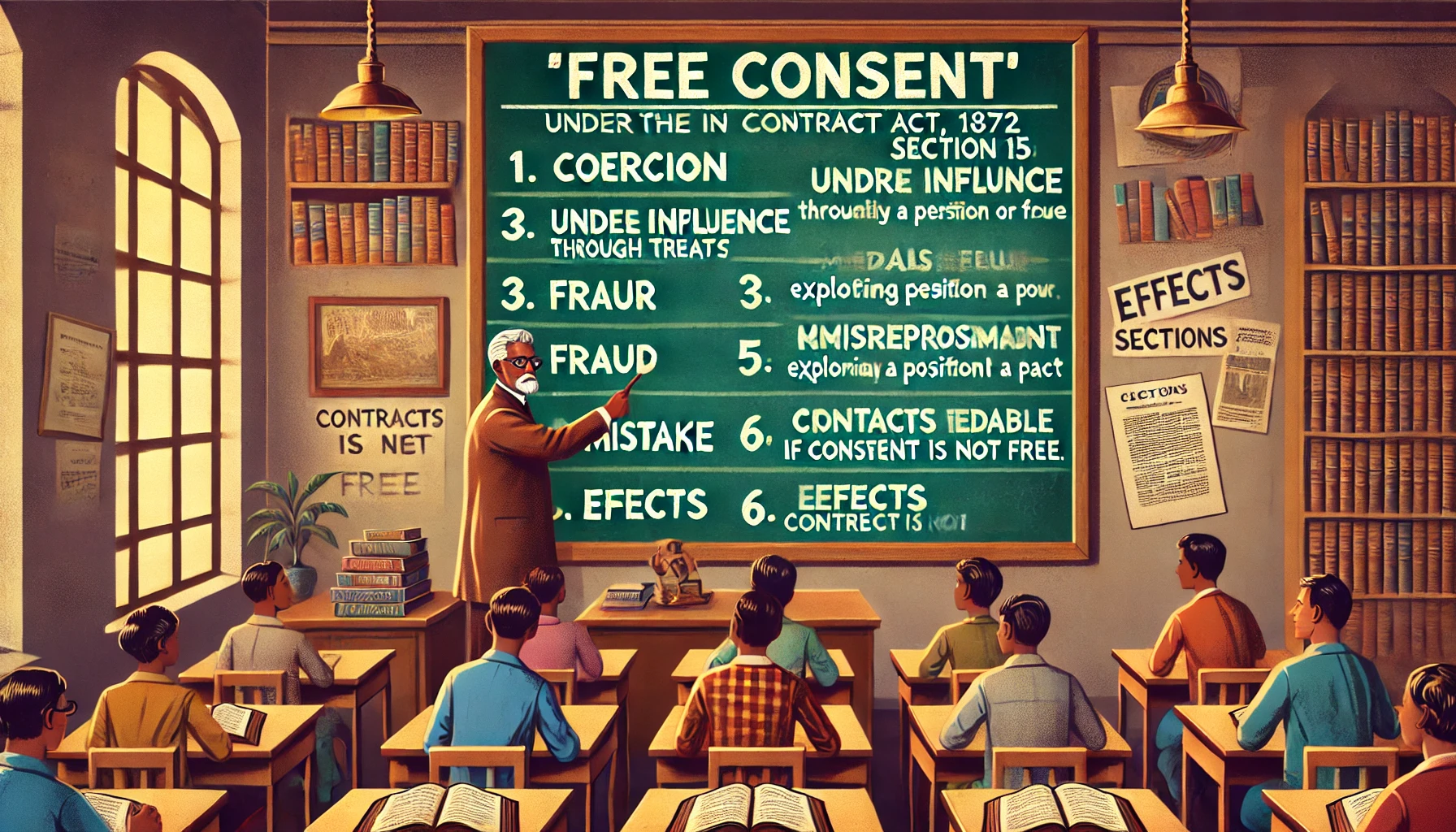
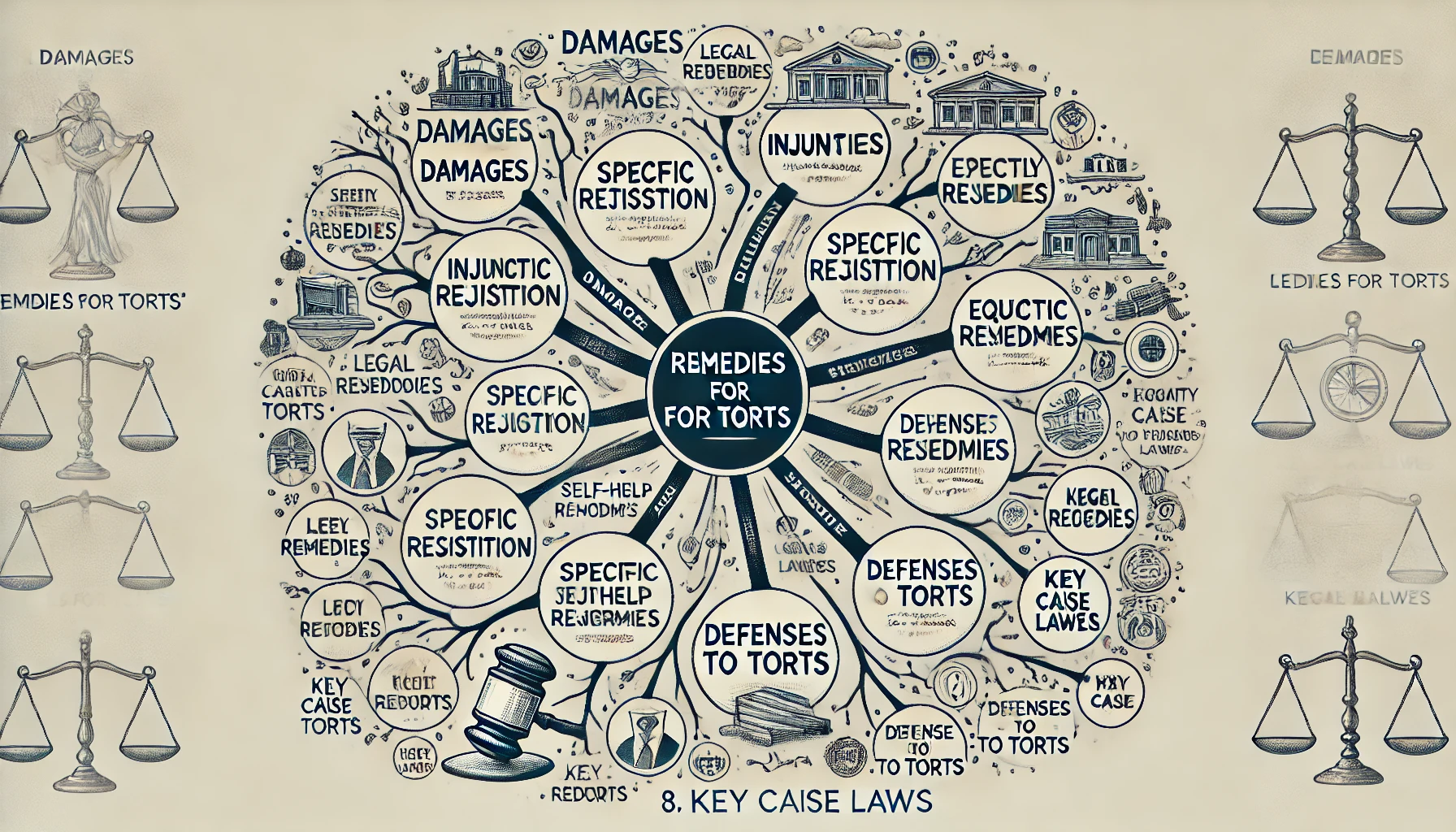
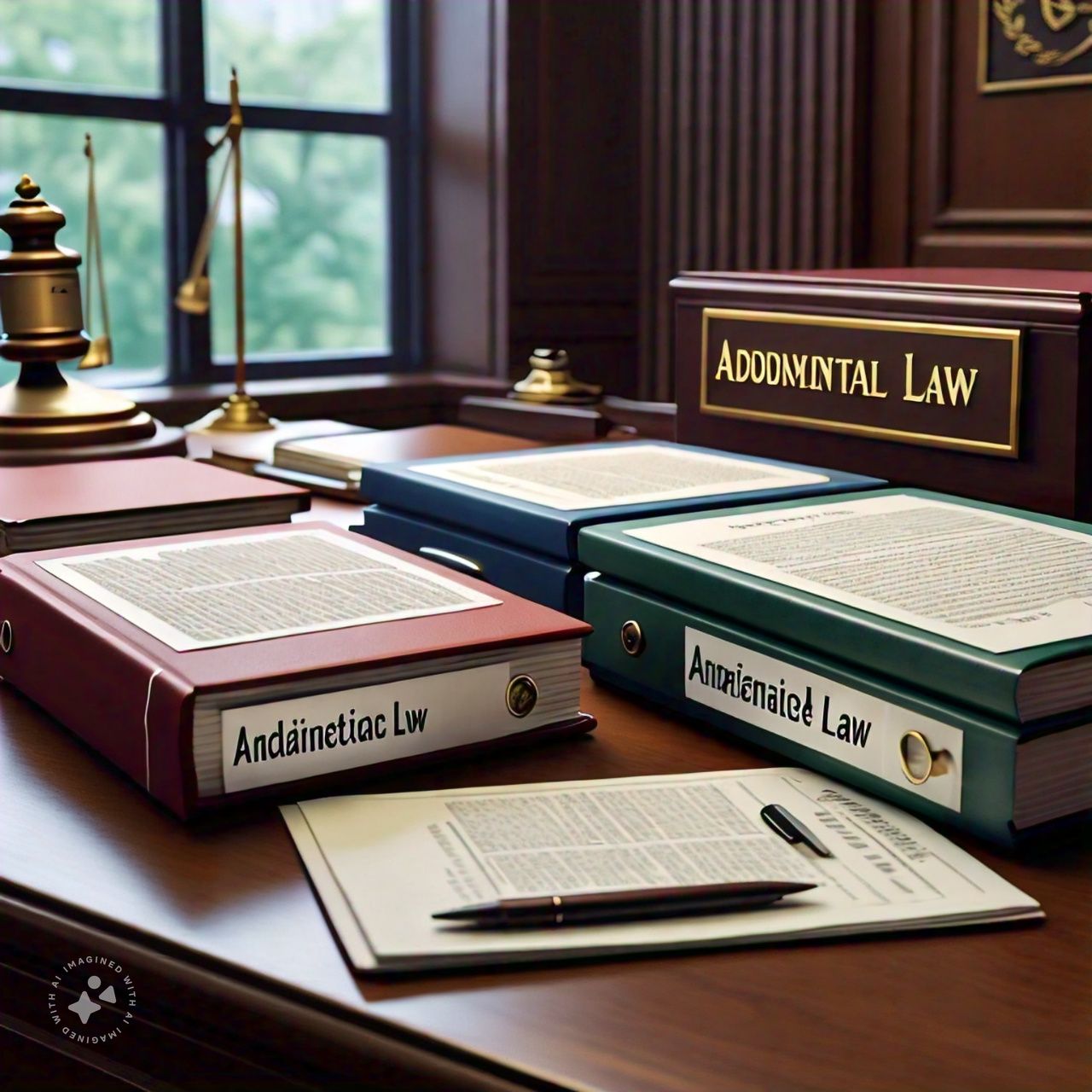

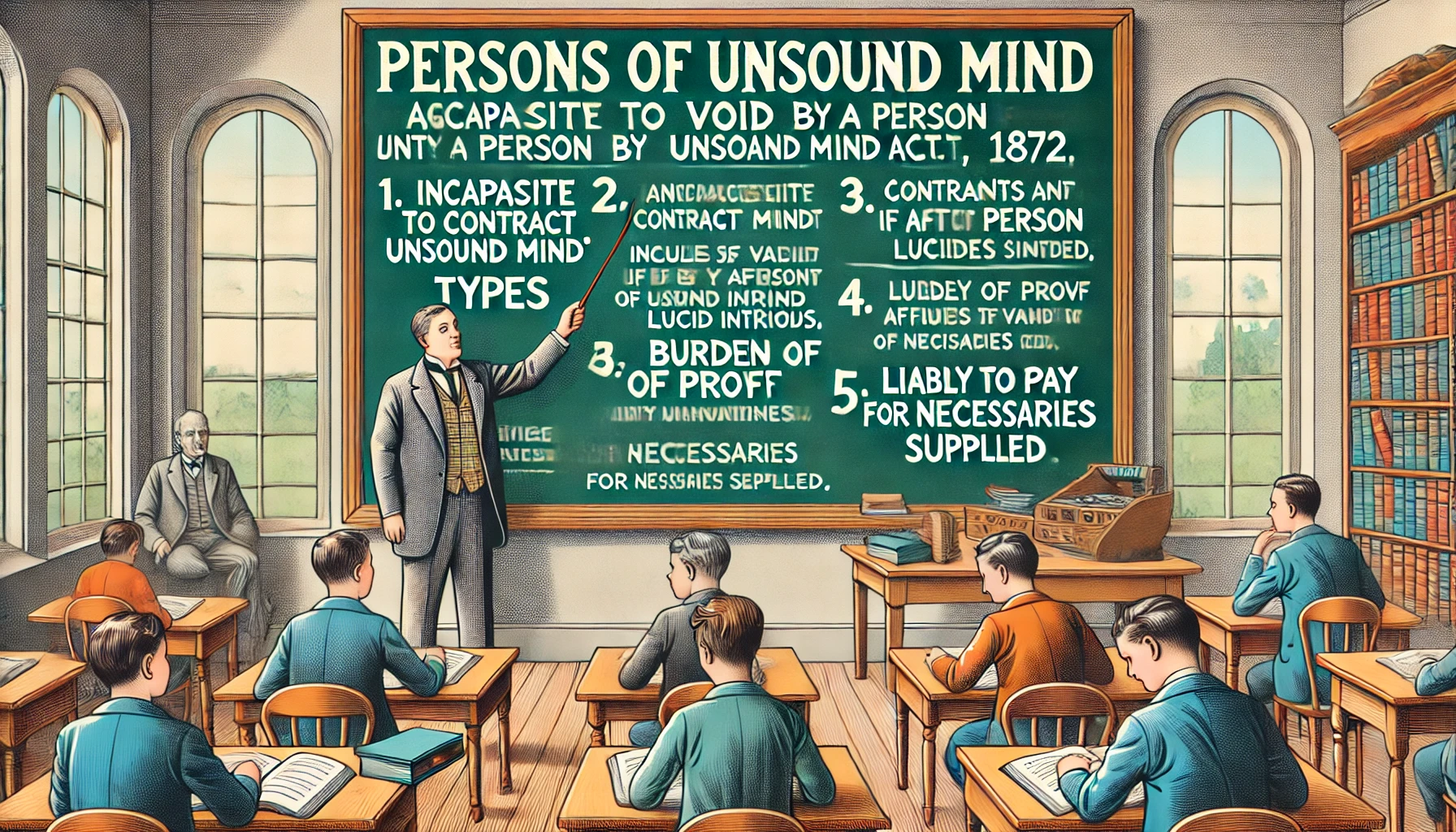

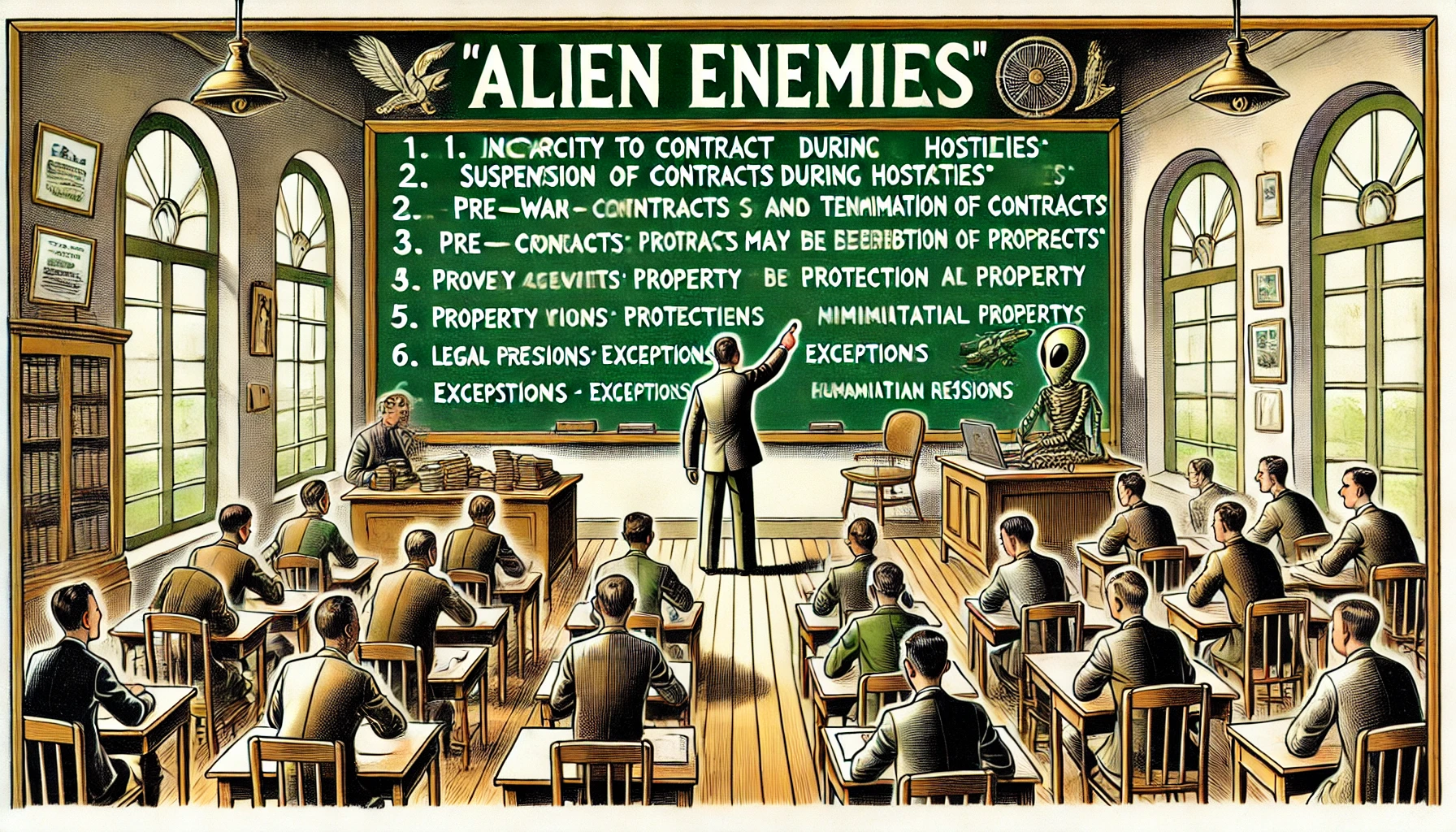




Comment
Nothing for now